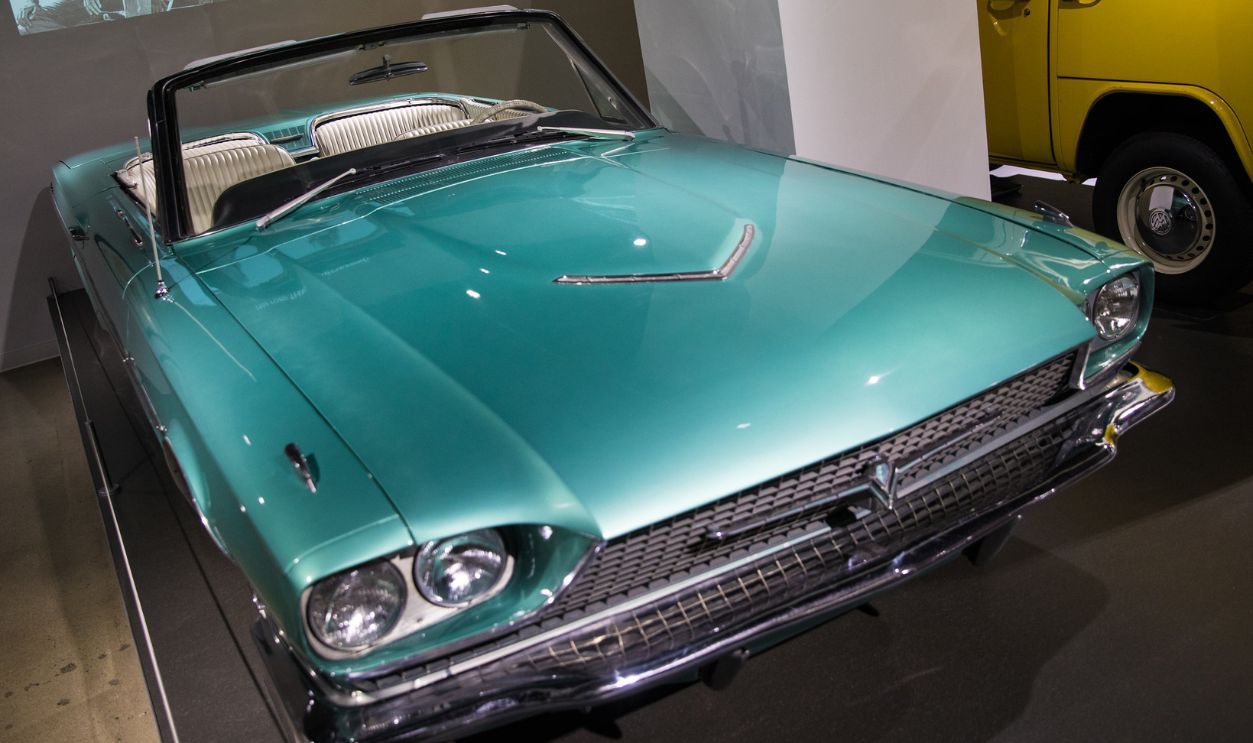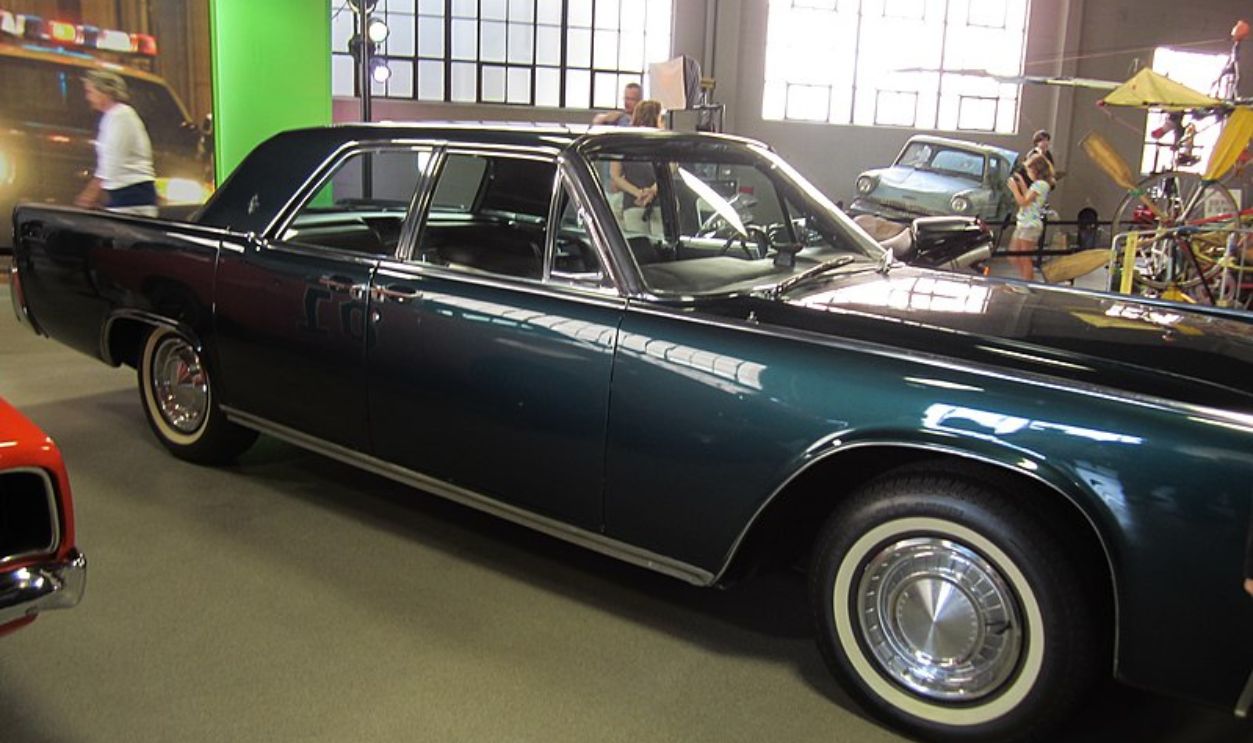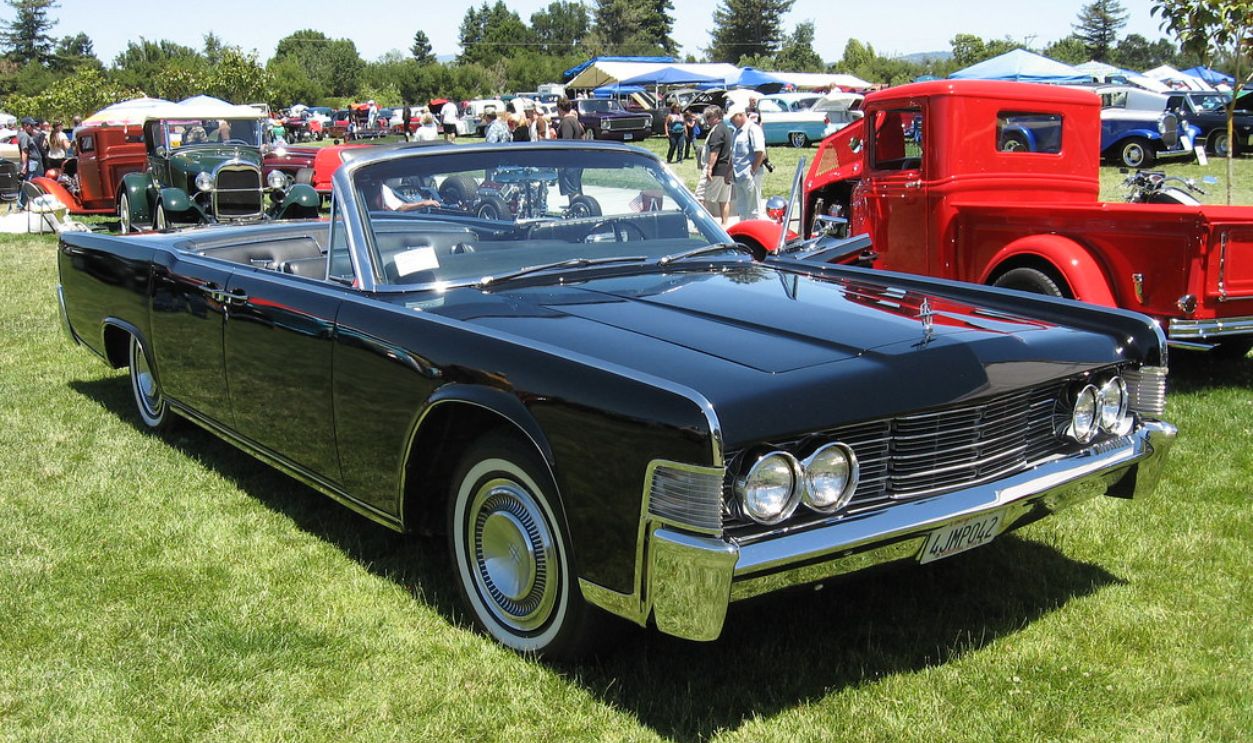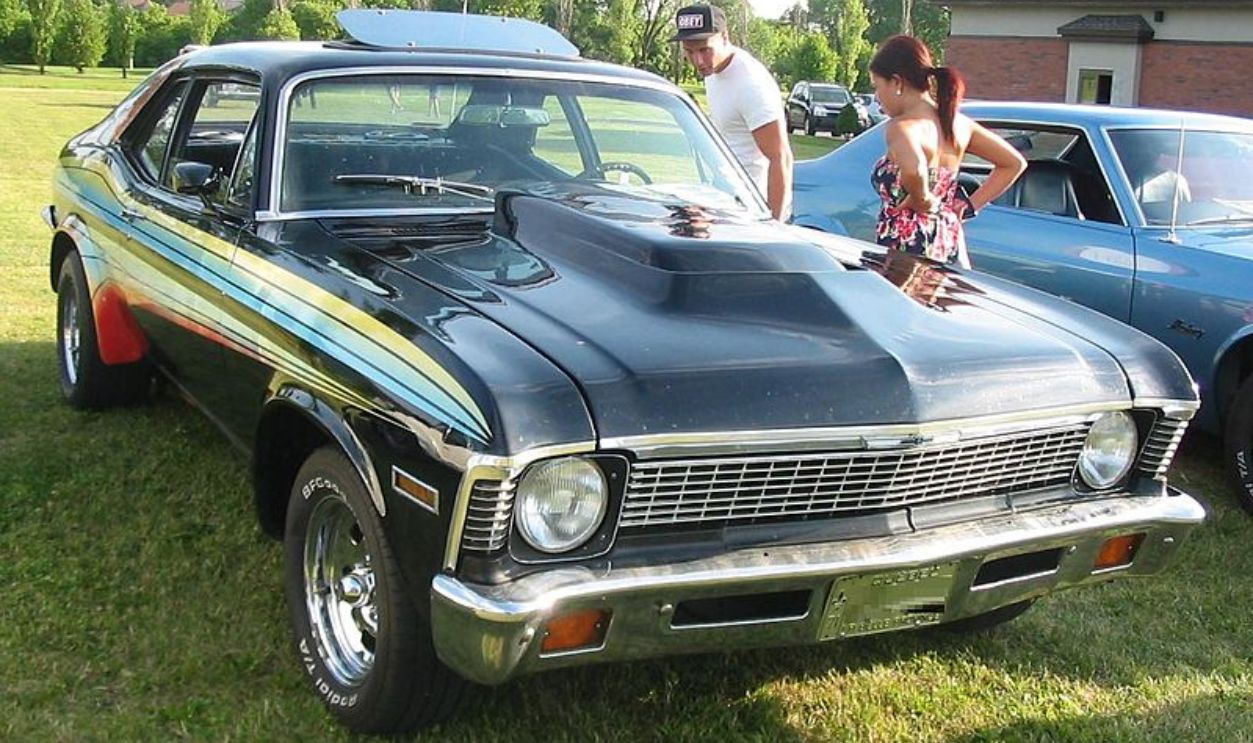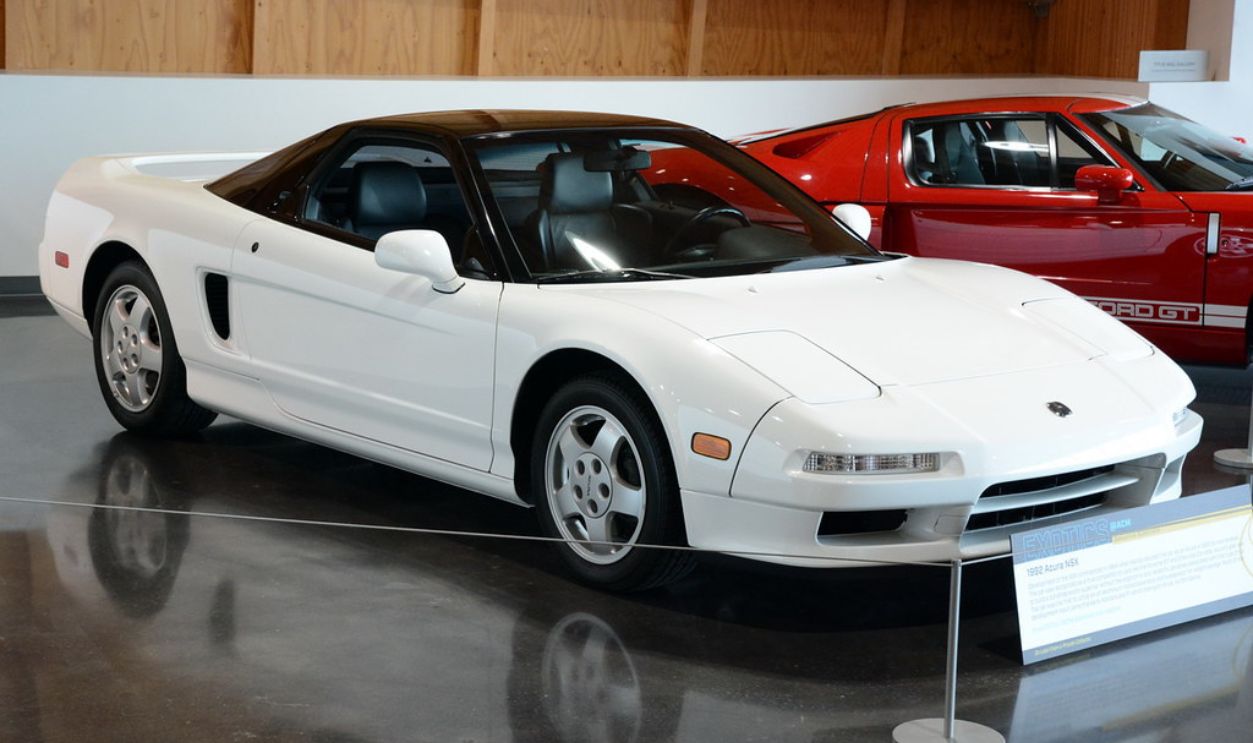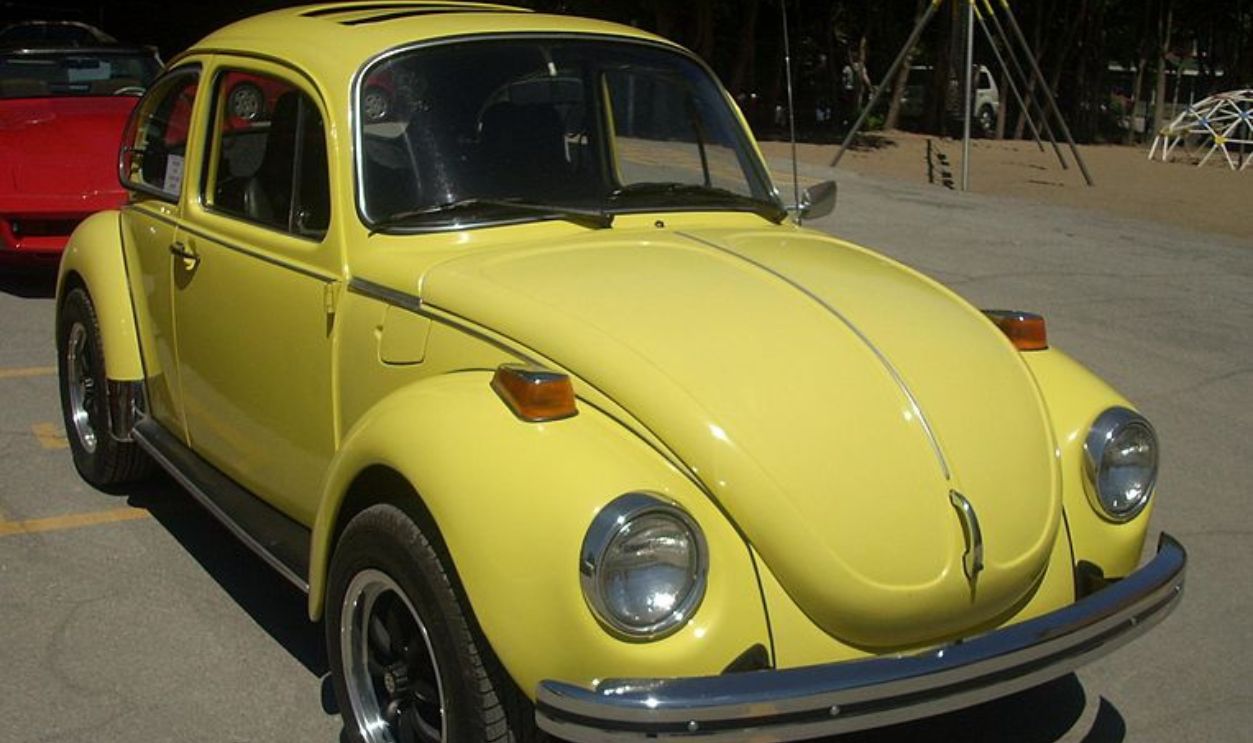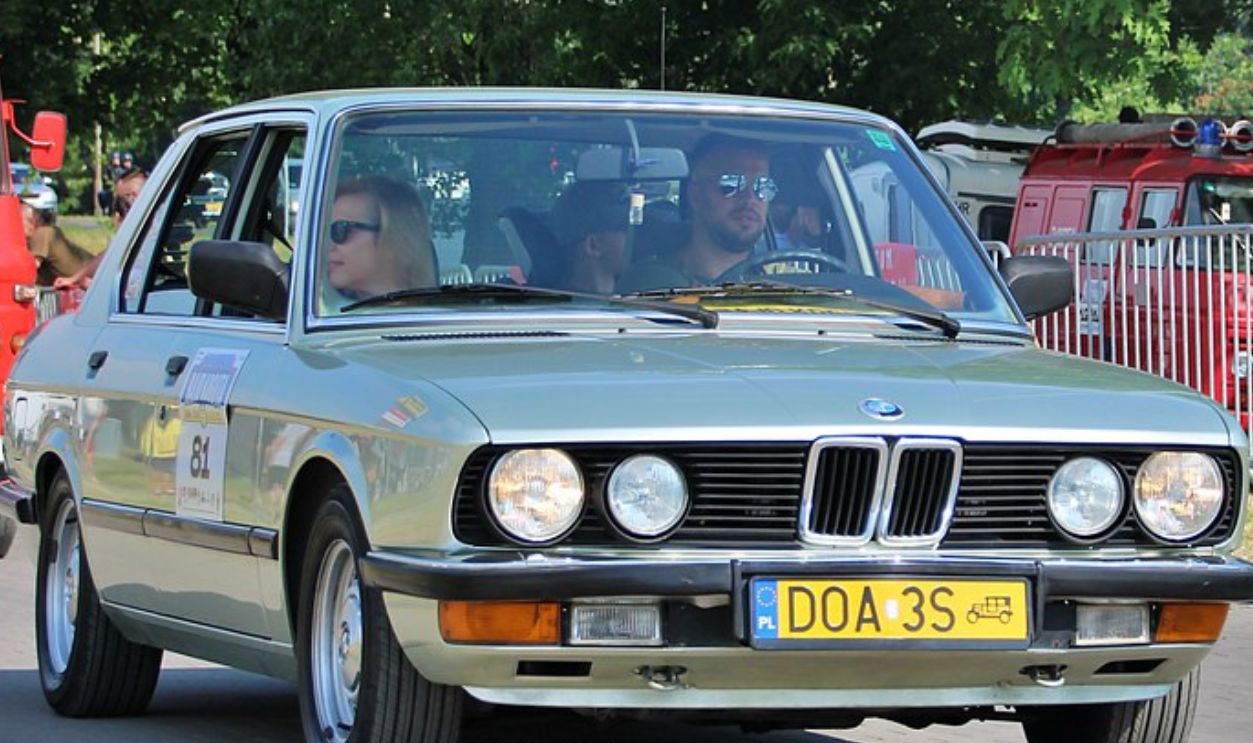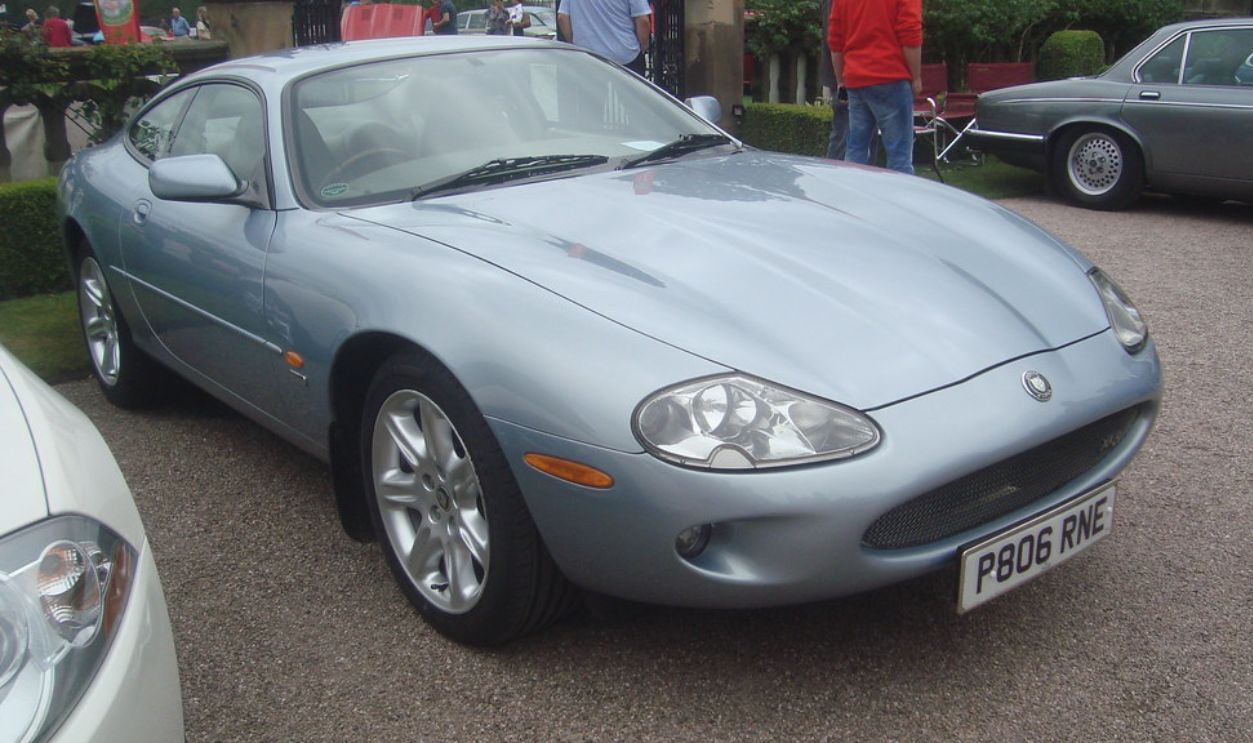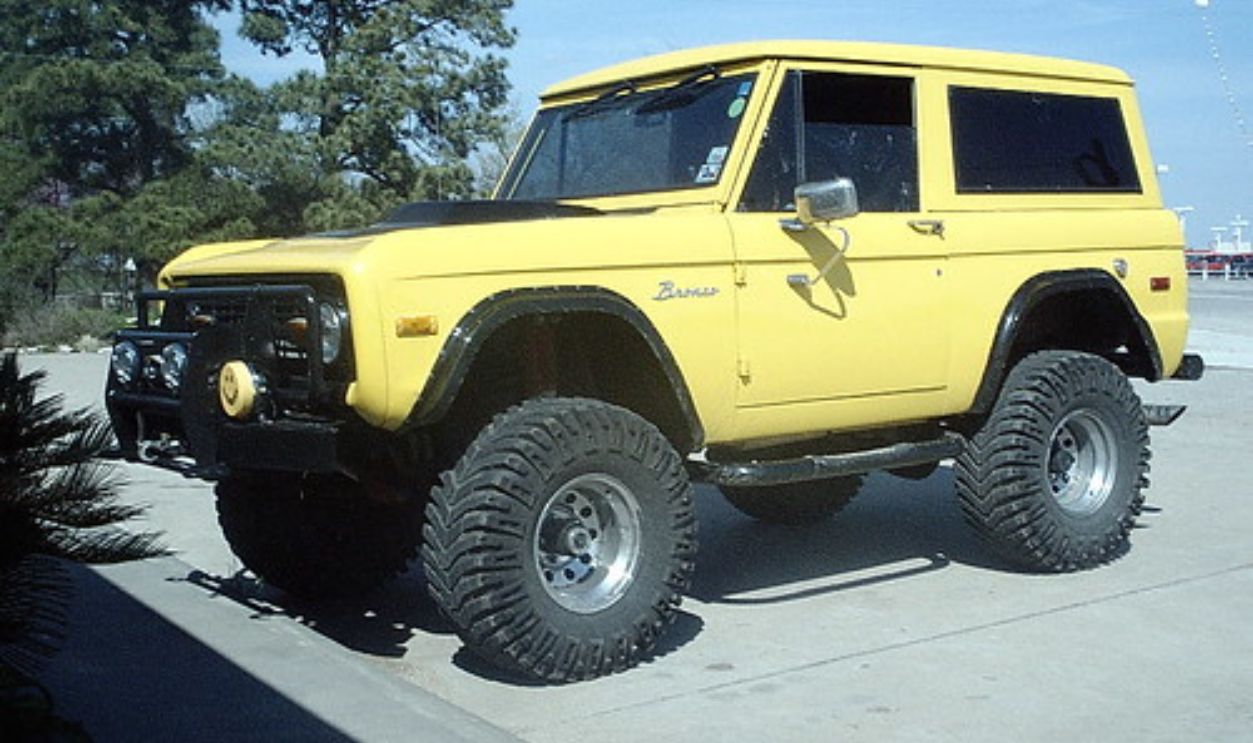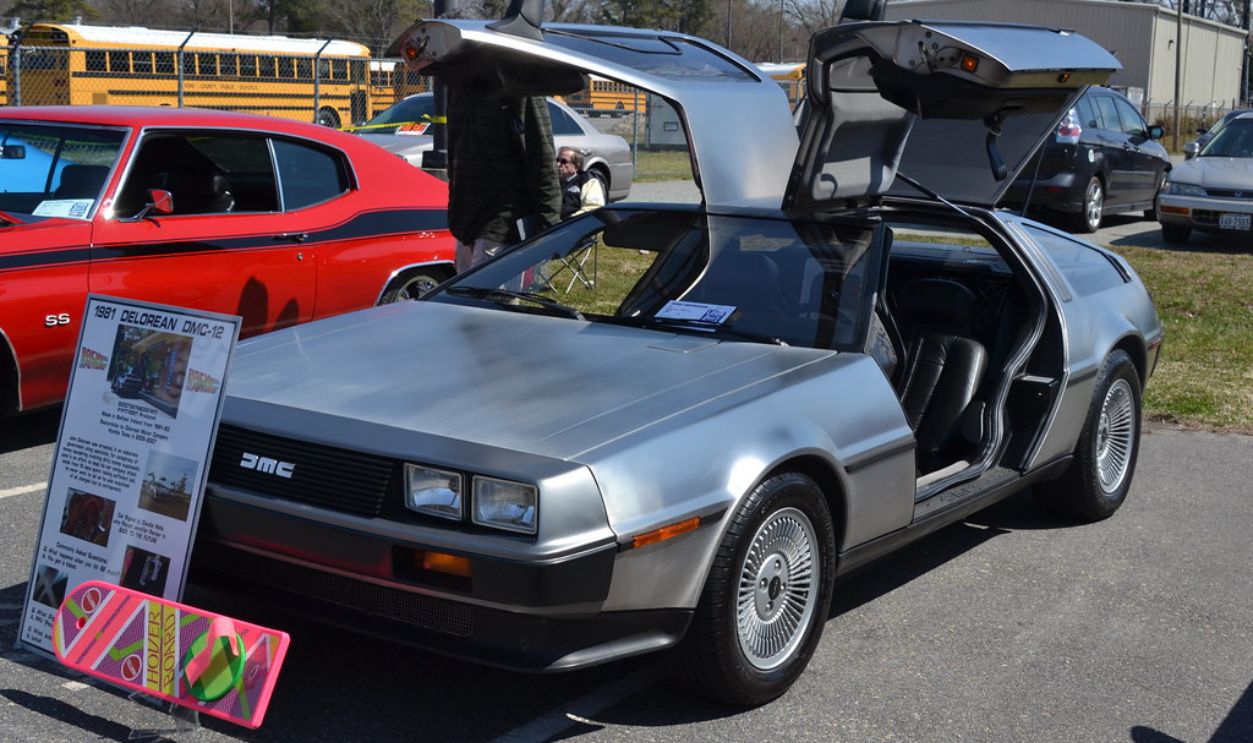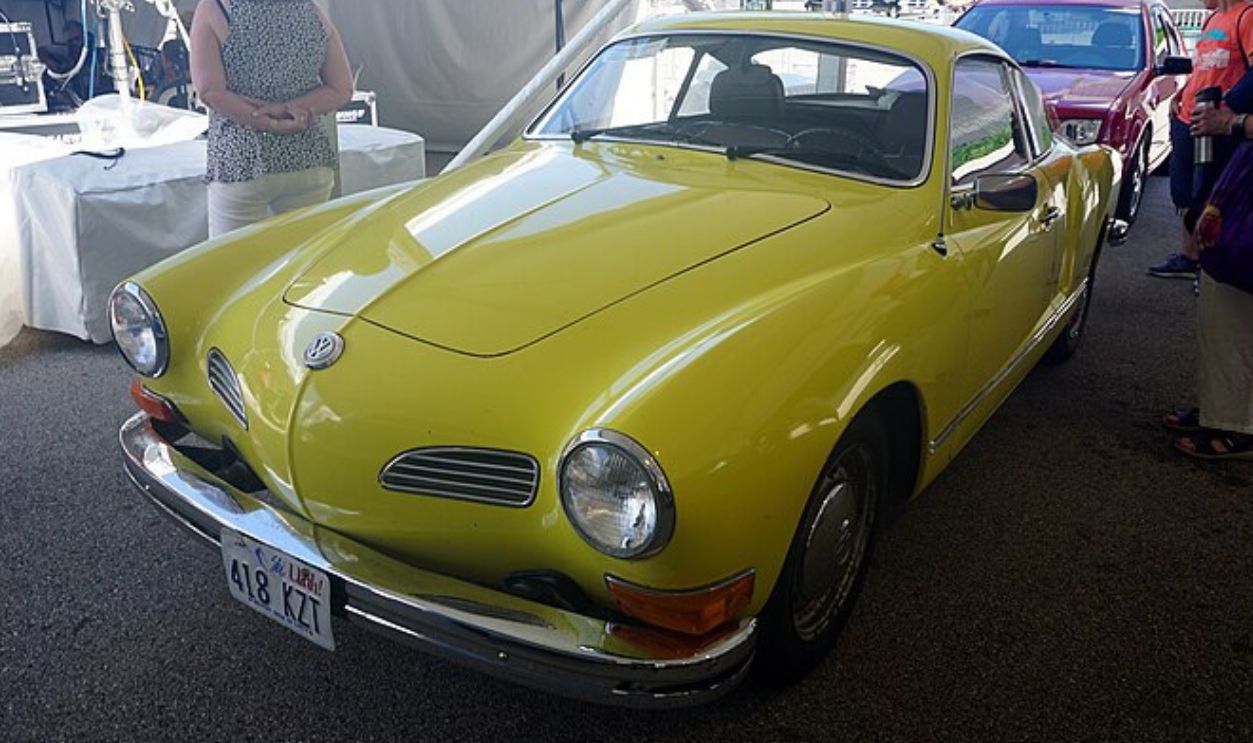The Underrated Cinema Cars That Didn’t Get Their Due
When we think about iconic movie cars, a few obvious ones come to mind, such as James Bond’s Aston Martin DB5. But what about the underrated vehicles that didn’t get their spotlight despite their charm or unforgettable screen moments?
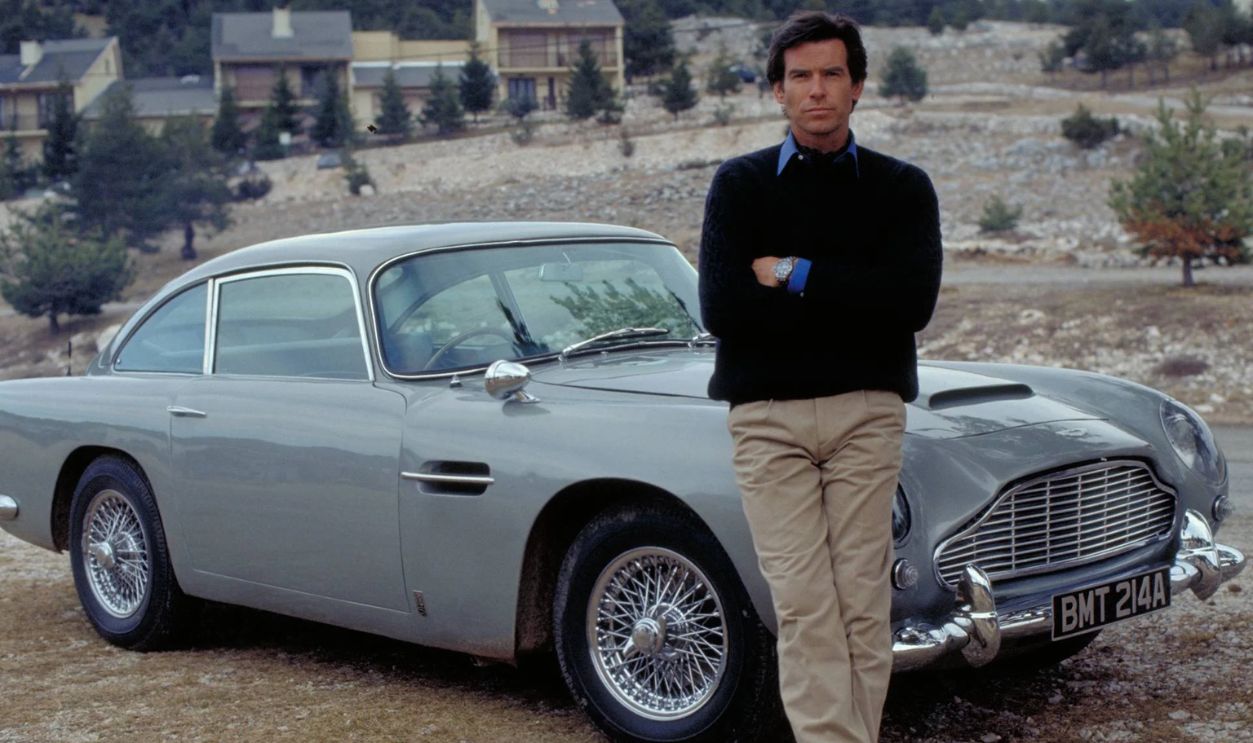
1969 Pontiac GTO: The Shawshank Redemption
The Shawshank Redemption is a tale of hope and friendship, where perseverance grows in a dreary prison setting. In the movie’s finale, when Andy Dufresne’s elaborate escape succeeds, the Pontiac GTO symbolizes his newfound freedom after years of being locked up.
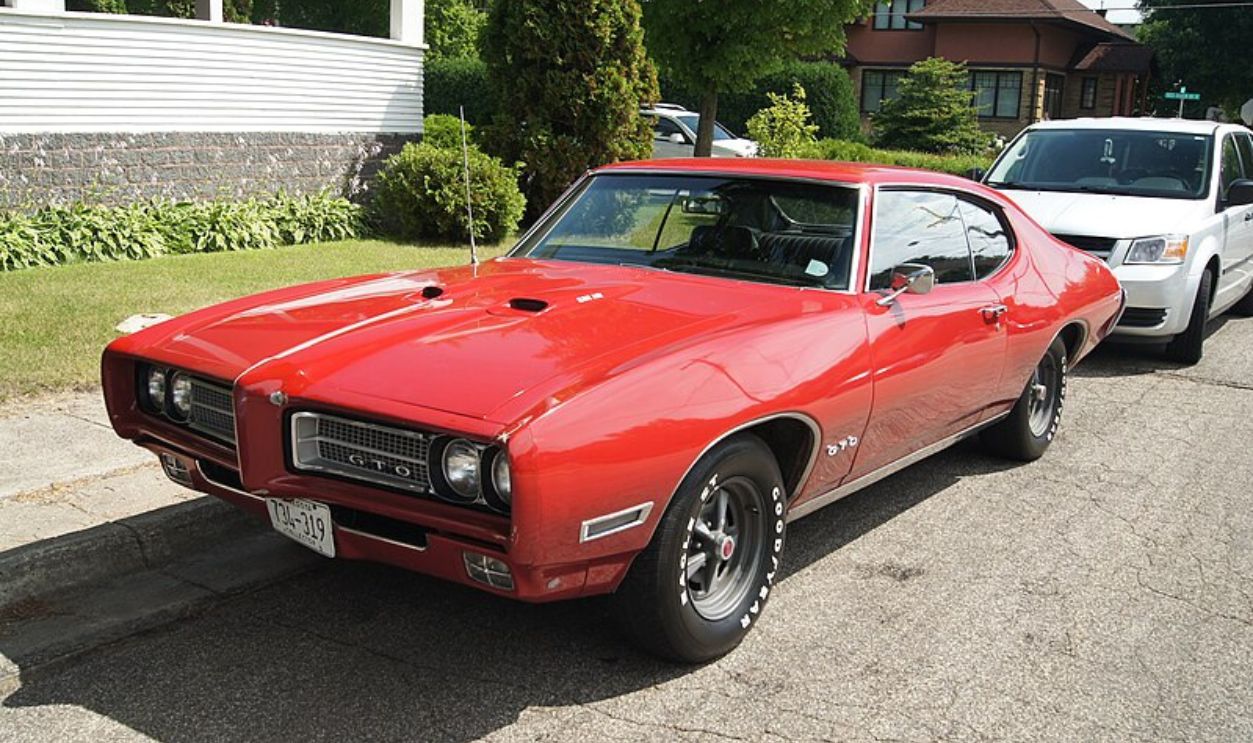 Greg Gjerdingen, CC BY 2.0, Wikimedia Commons
Greg Gjerdingen, CC BY 2.0, Wikimedia Commons
1969 Pontiac GTO: The Shawshank Redemption (Cont.)
As a muscle car legend in the 1960s, the Pontiac GTO is known for its powerful V8 engine, which produces up to 350 hp. Its aggressive styling and roaring engine made it a favorite among enthusiasts. In the movie, it showed that Dufresne is about to live his best life.
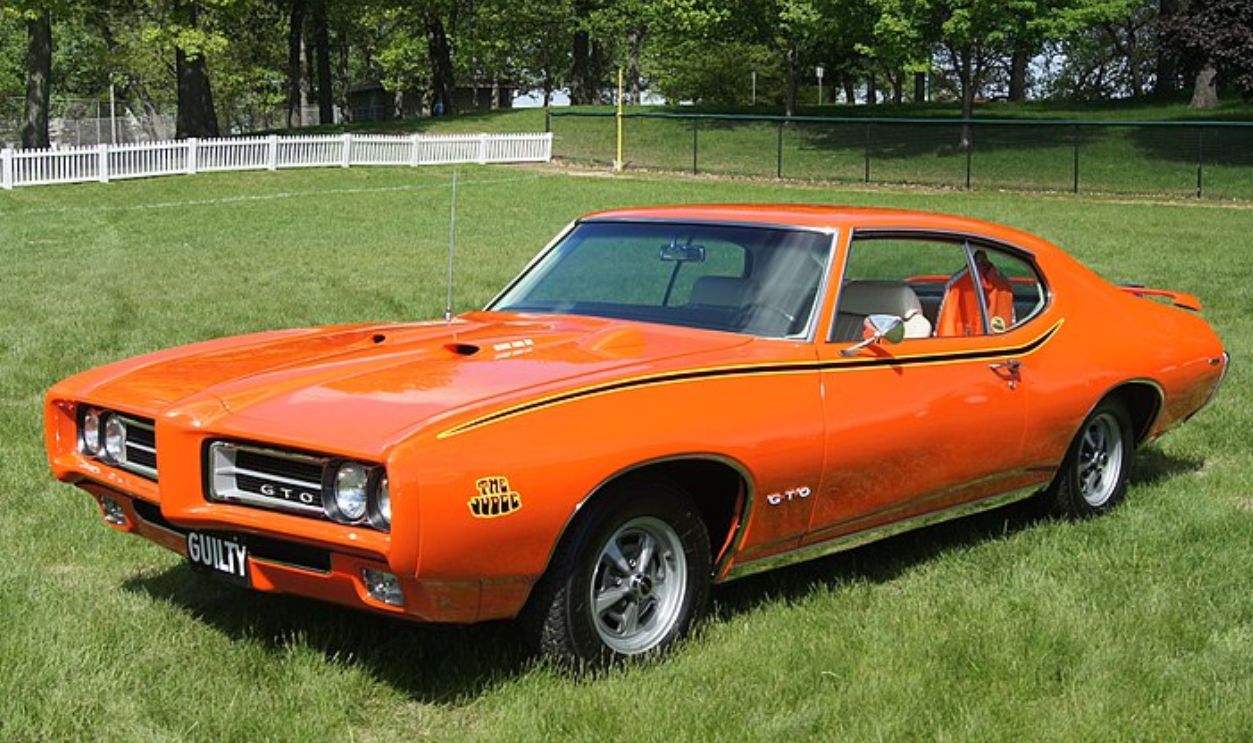 Greg Gjerdingen, CC BY 2.0, Wikimedia Commons
Greg Gjerdingen, CC BY 2.0, Wikimedia Commons
1972 Citröen SM: The Longest Yard
In The Longest Yard, Burt Reynolds plays a disgraced football player tasked with leading a team of inmates against the prison guards. The Citröen SM appears briefly in the opening scenes with a futuristic design that contrasts with the story’s darkness.
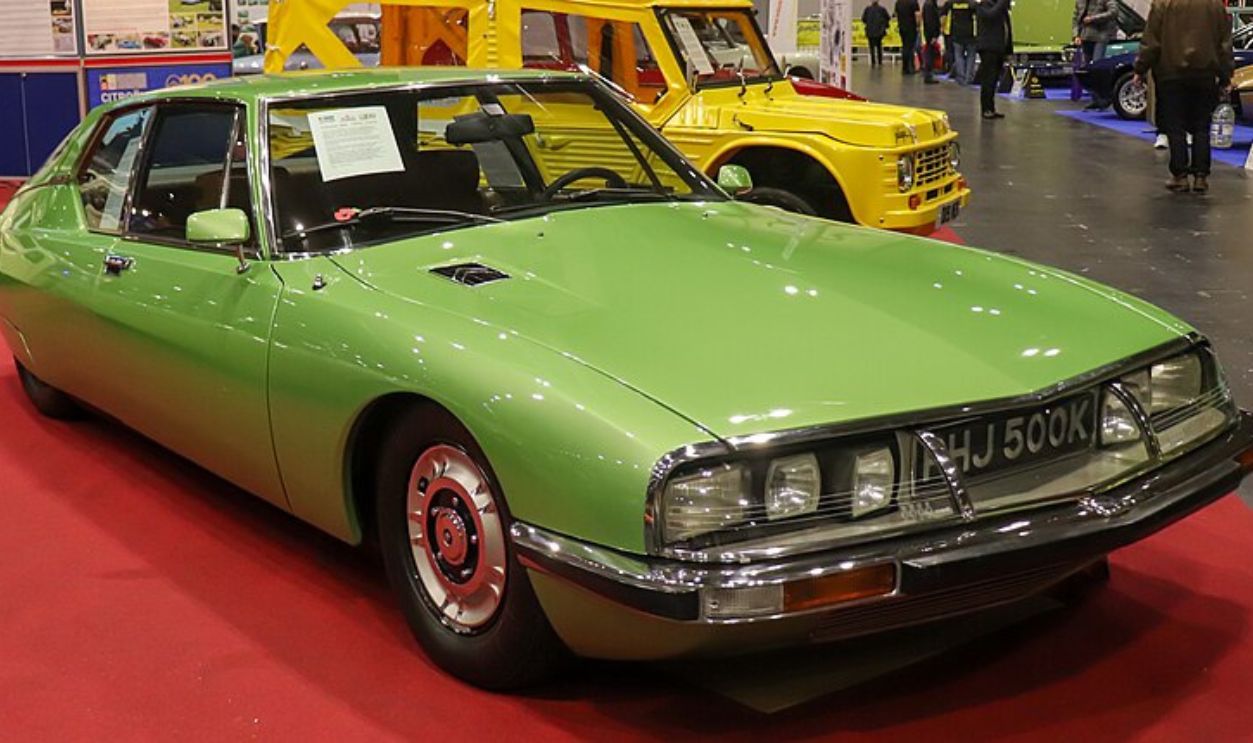 Vauxford, CC BY-SA 4.0, Wikimedia Commons
Vauxford, CC BY-SA 4.0, Wikimedia Commons
1972 Citröen SM: The Longest Yard (Cont.)
Reaching a top speed of 137 mph, the 1972 Citröen SM came with either a 2.7 L 90° V6 or a 3.0 L 90° V6. The car’s European flair and modern design reflect the main character’s rich past and how it contradicts his later circumstances.
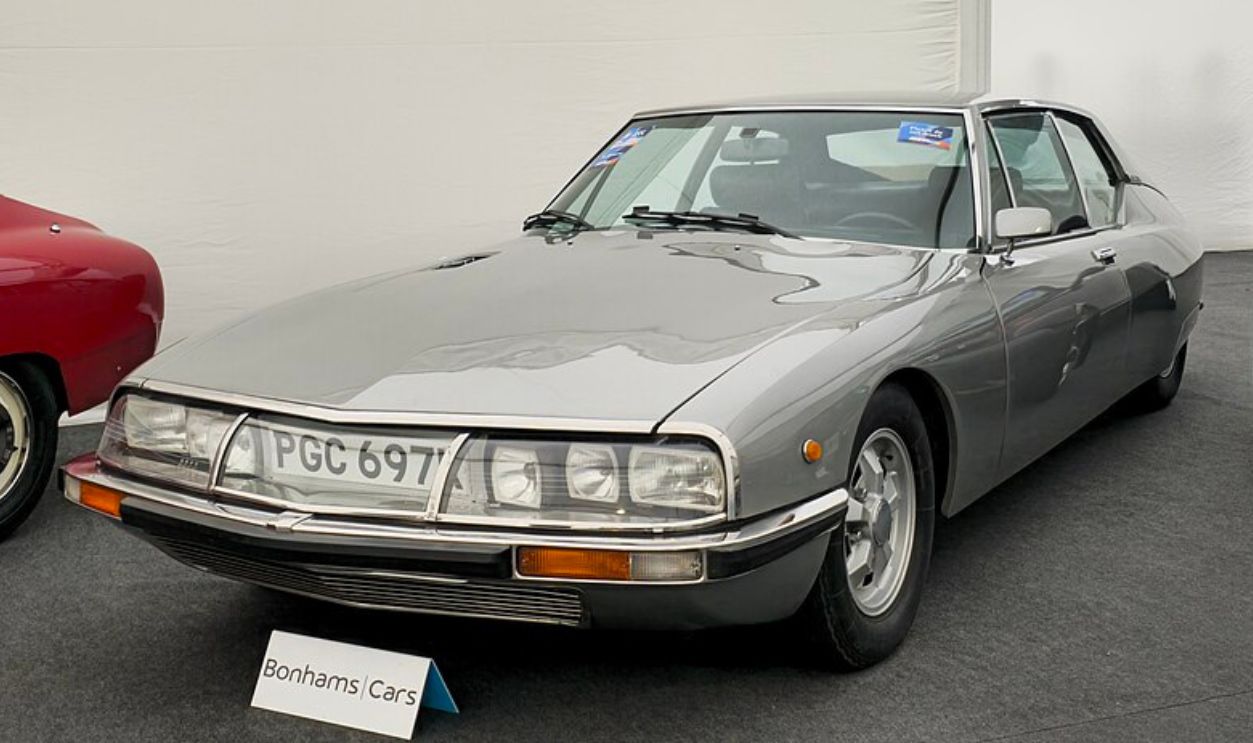 Calreyn88, CC BY-SA 4.0, Wikimedia Commons
Calreyn88, CC BY-SA 4.0, Wikimedia Commons
Aston Martin DB MkIII: Batman vs Superman
The rivalry between the two superheroes escalates in Batman vs Superman. The Aston Martin DB MkIII, with its classic elegance, makes a brief yet impactful appearance as Bruce’s choice of transportation. It reinforces his image as a suave billionaire with a penchant for style.
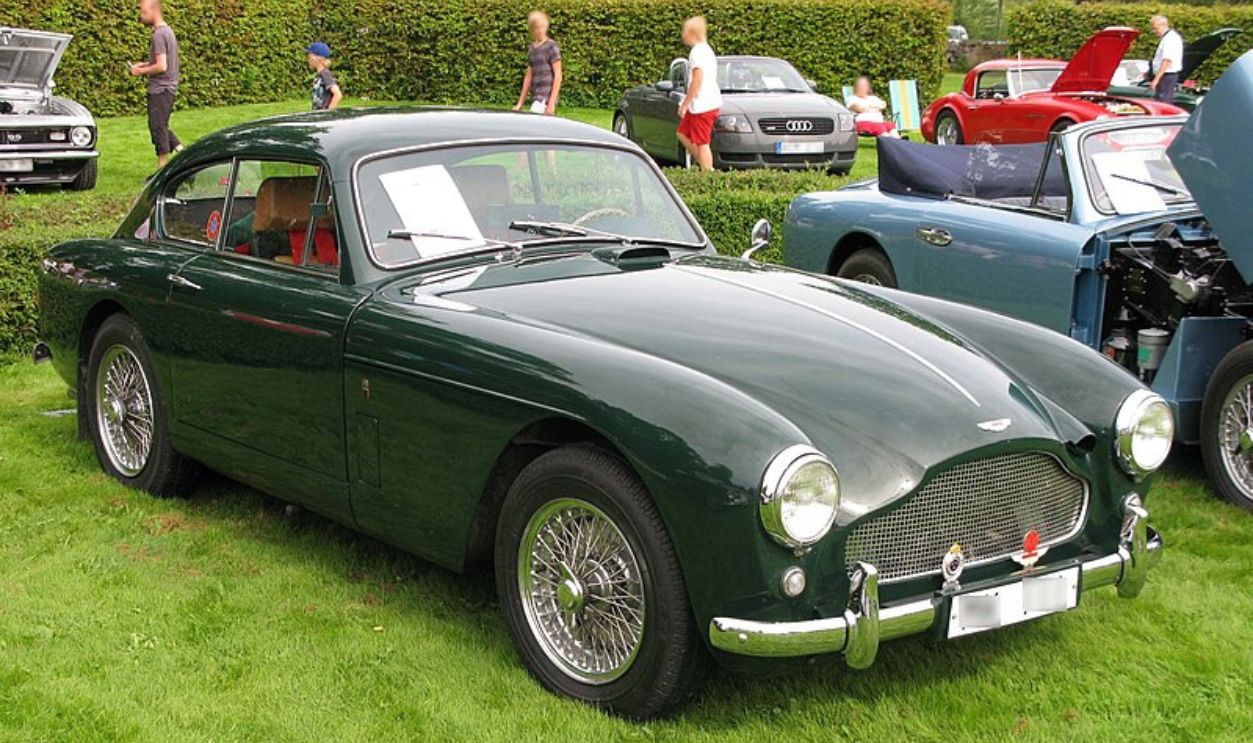 Herranderssvensson, CC BY-SA 3.0, Wikimedia Commons
Herranderssvensson, CC BY-SA 3.0, Wikimedia Commons
Aston Martin DB MkIII: Batman vs Superman (Cont.)
Produced from 1957 to 1959, only 551 units were made of the Aston Martin DB MkIII. It featured a W.O. Bentley-designed 2.9 L Lagonda straight-6 engine and was a nod to Bruce Wayne’s refined tastes and historical connection to Aston Martin in pop culture.
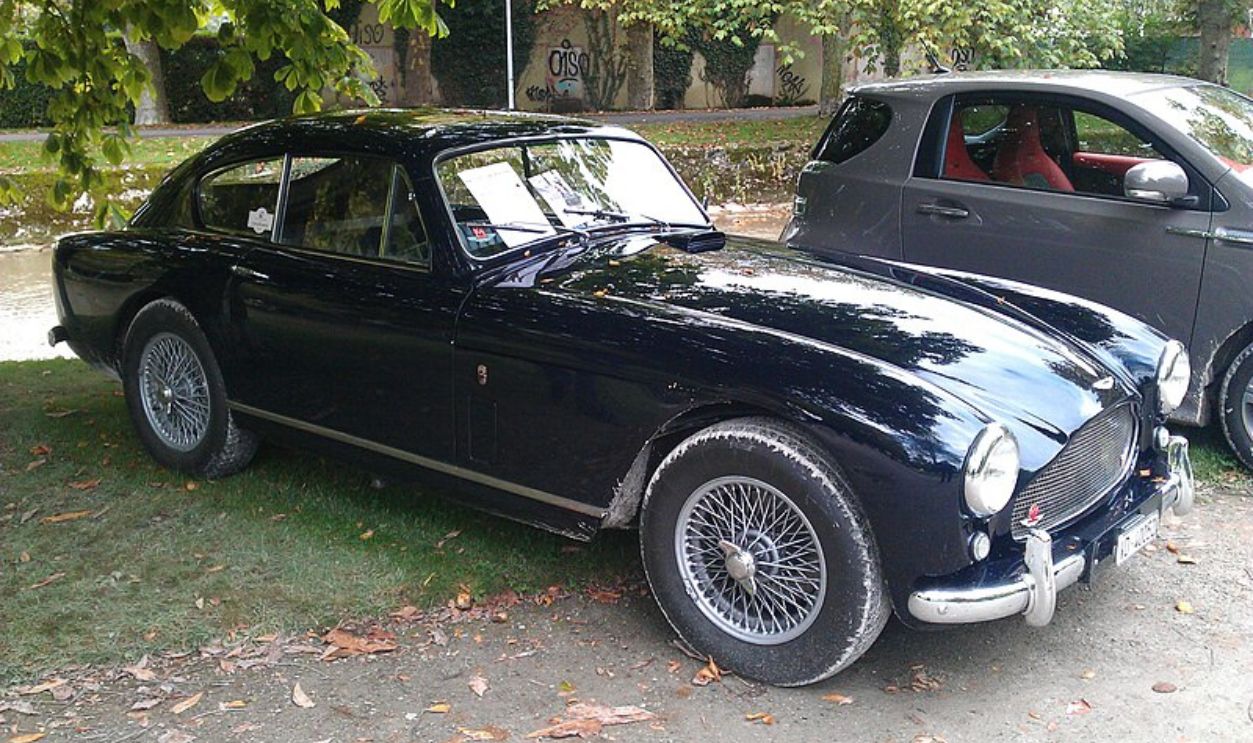 Akela NDE, CC BY-SA 2.0 FR, Wikimedia Commons
Akela NDE, CC BY-SA 2.0 FR, Wikimedia Commons
1966 Ford Thunderbird Convertible: Thelma & Louise
Thelma & Louise was about two friends who started a road trip that didn’t go as planned. Their 1966 Ford Thunderbird Convertible is the duo’s escape car, often called a land yacht. Its eventual fate in the iconic cliff scene cements it as a symbol of women’s defiance.
1966 Ford Thunderbird Convertible: Thelma & Louise (Cont.)
For 1966, the 390-cubic-inch V8’s output increased to 315, and a 7.0 L V-8 was optional with 345 hp output. The Thunderbird’s bold design and reputation for independence and adventure mirror the film’s narrative of breaking free from societal constraints.
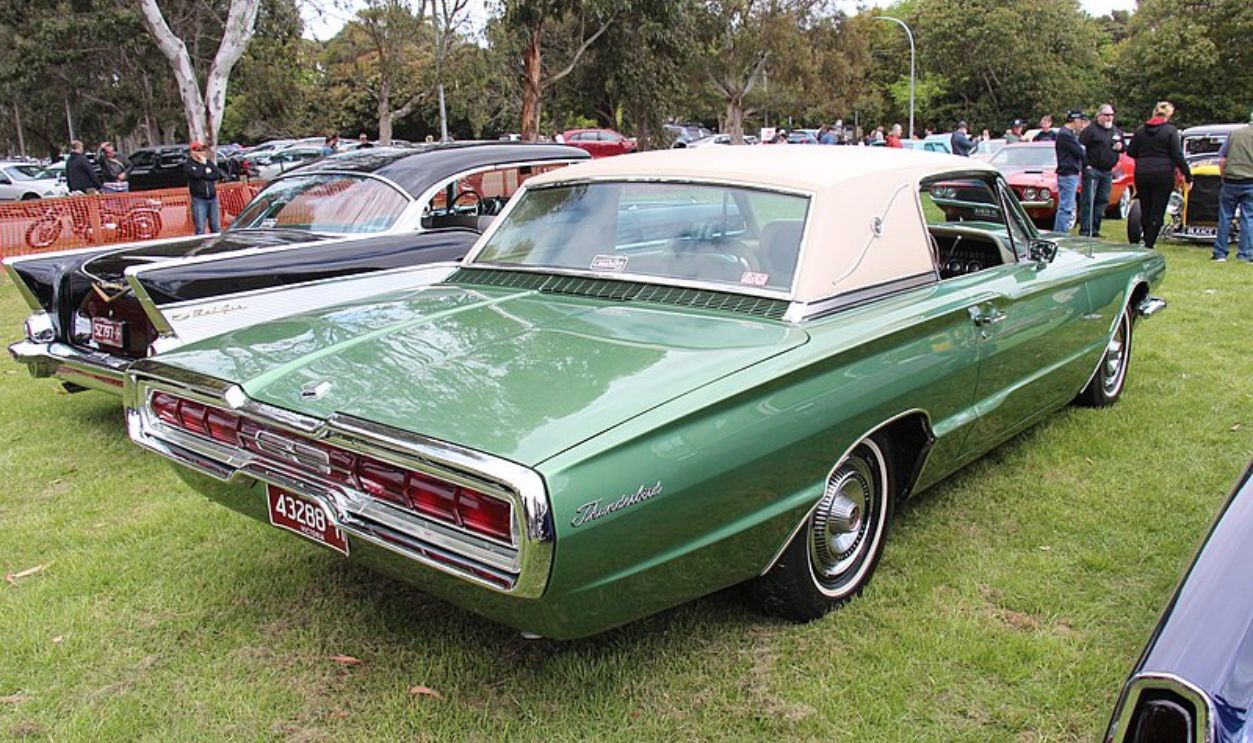 Sicnag, CC BY 2.0, Wikimedia Commons
Sicnag, CC BY 2.0, Wikimedia Commons
1965 Lincoln Continental: The Matrix
In The Matrix, the Lincoln Continental plays a key role as the vehicle used by Morpheus and his team to transport Neo during pivotal scenes. Its imposing design matches the film’s noir-inspired aesthetic to add a sense of mystery.
1965 Lincoln Continental: The Matrix (Cont.)
Thanks to the 7.0-liter V8, the 1965 Lincoln Continental had a 320 hp output. Its massive size and iconic suicide doors were symbols of American luxury and boldness in the 1960s. Moreover, its commanding presence complements the movie’s power struggles.
1971 Chevrolet Nova: Good Will Hunting
It might not be the prettiest car out there but the 1971 Chevrolet Nova was the perfect accessory to Matt Damon’s character in Good Will Hunting. It reflected Will’s humble roots and blue-collar upbringing aligned with the story’s focus on identity.
1971 Chevrolet Nova: Good Will Hunting (Cont.)
As an American staple in the 1970s and 1980s., the Nova was an affordable choice. It came with a range of inline-sixes and V8s to produce a horsepower output of up to 270 hp. The car’s working-class image mirrors Will’s journey from a troubled past to realizing his potential.
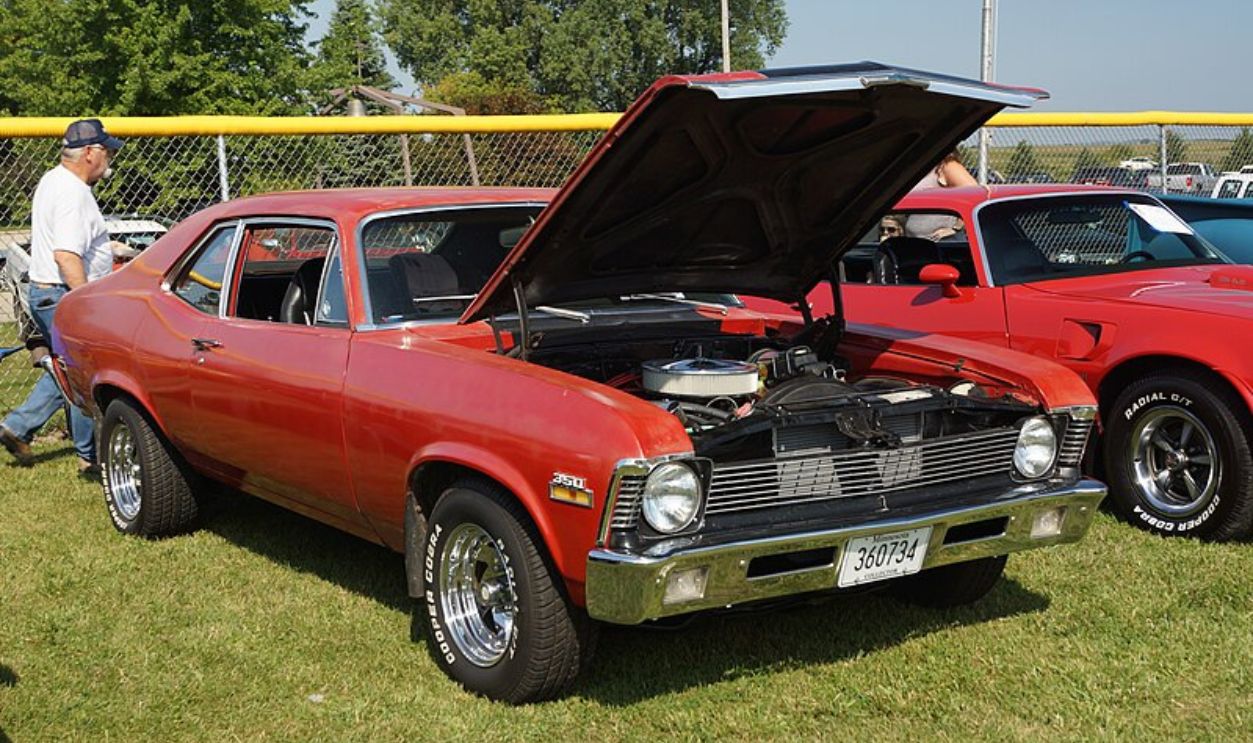 Greg Gjerdingen, CC BY 2.0, Wikimedia Commons
Greg Gjerdingen, CC BY 2.0, Wikimedia Commons
1992 Acura NSX: Pulp Fiction
In Quentin Tarantino’s Pulp Fiction, the Acura NSX is driven by the enigmatic Mr. Wolf, played by Harvey Keitel. The car shows Wolf’s precision and efficiency and matches his role as a professional cleaner. Some say it was a 1991 but most people agree it was a 1992 model.
 Charlesk, CC BY 2.0, Wikimedia Commons
Charlesk, CC BY 2.0, Wikimedia Commons
1992 Acura NSX: Pulp Fiction (Cont.)
Honda’s supercar has a 3.0-liter V6 engine with 270 hp and a lightweight aluminum body, although the automatic version had a lower horsepower output. It was celebrated for its handling and exotic design, and its sleek design synced with Mr. Wolf’s calculated and cool demeanor.
1959 Nash Metropolitan: UHF
In the cult comedy UHF, the quirky 1959 Nash Metropolitan matches the eccentric vibe of the movie. Driven by the film’s protagonist, George Newman, the car’s playful appearance matches the movie’s absurd humor and offbeat charm. Many celebrities like Bridget Fonda, Paul Newman, and Steve Jobs owned this car.
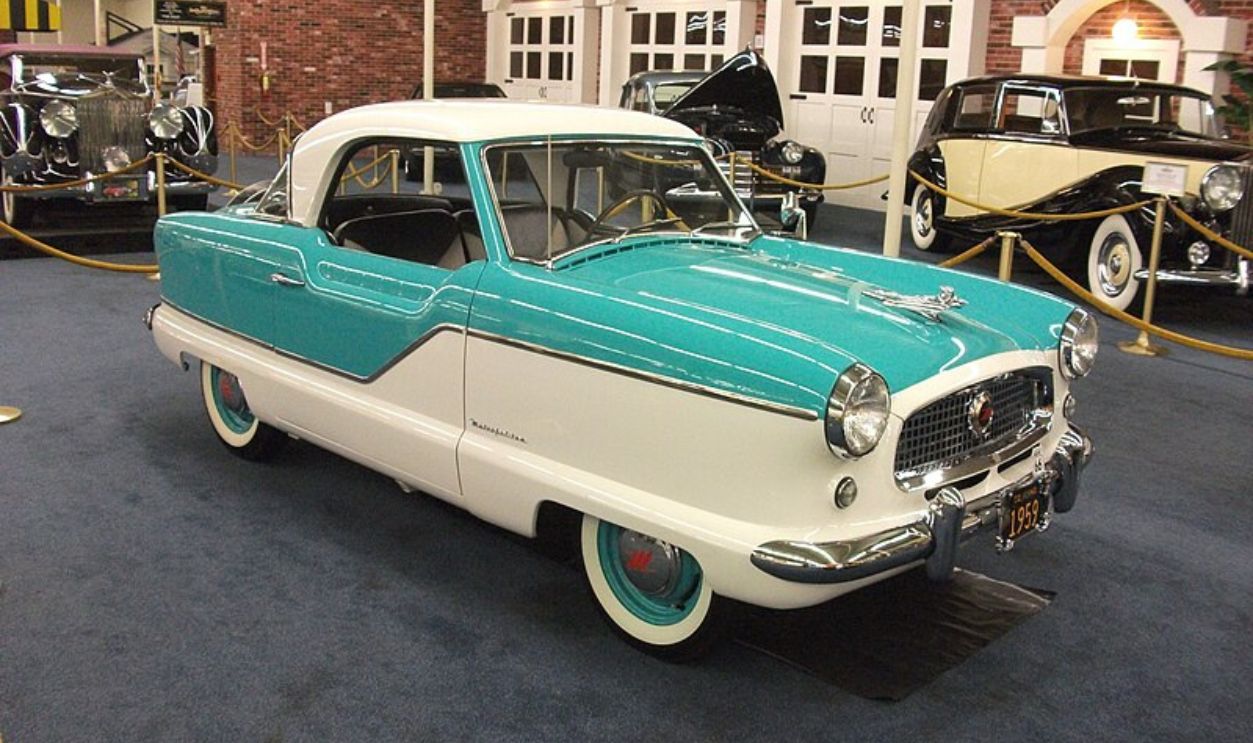 dave_7, CC BY 2.0, Wikimedia Commons
dave_7, CC BY 2.0, Wikimedia Commons
1959 Nash Metropolitan: UHF (Cont.)
The 1959 Nash Metropolitan belonged to the fourth series and was an economical car. It featured a 1.5-liter engine to produce around 55 hp. The compression ratio increased from 7.2:1 to 8.3:1 and its vibrant color options made it a standout in its era.
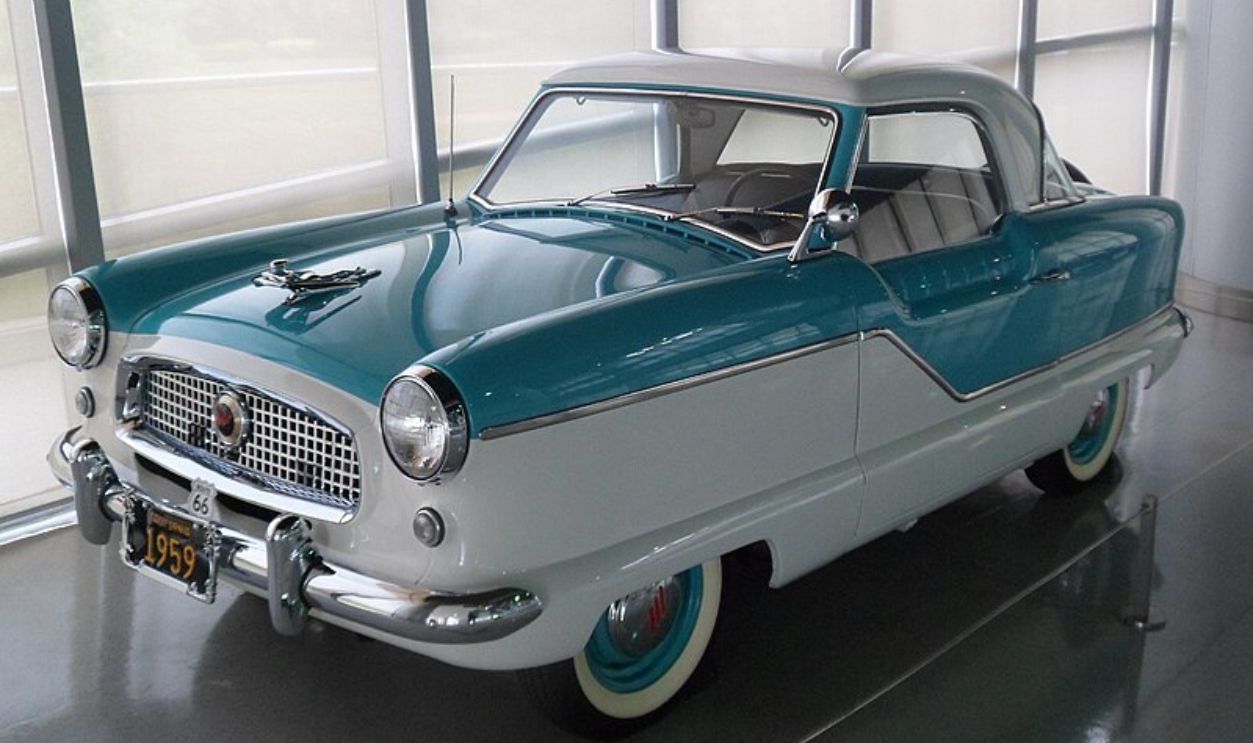 Navigator84, CC BY-SA 3.0, Wikimedia Commons
Navigator84, CC BY-SA 3.0, Wikimedia Commons
1973 Volkswagen Beetle: The Shining
As one of the most famous cars driven by legend Jack Nicholson, the Volkswagen Beetle becomes a symbol of horror in The Shining. Known as a reliable family car, the vehicle’s bright yellow car contrasts starkly with the film’s descent into madness and horror.
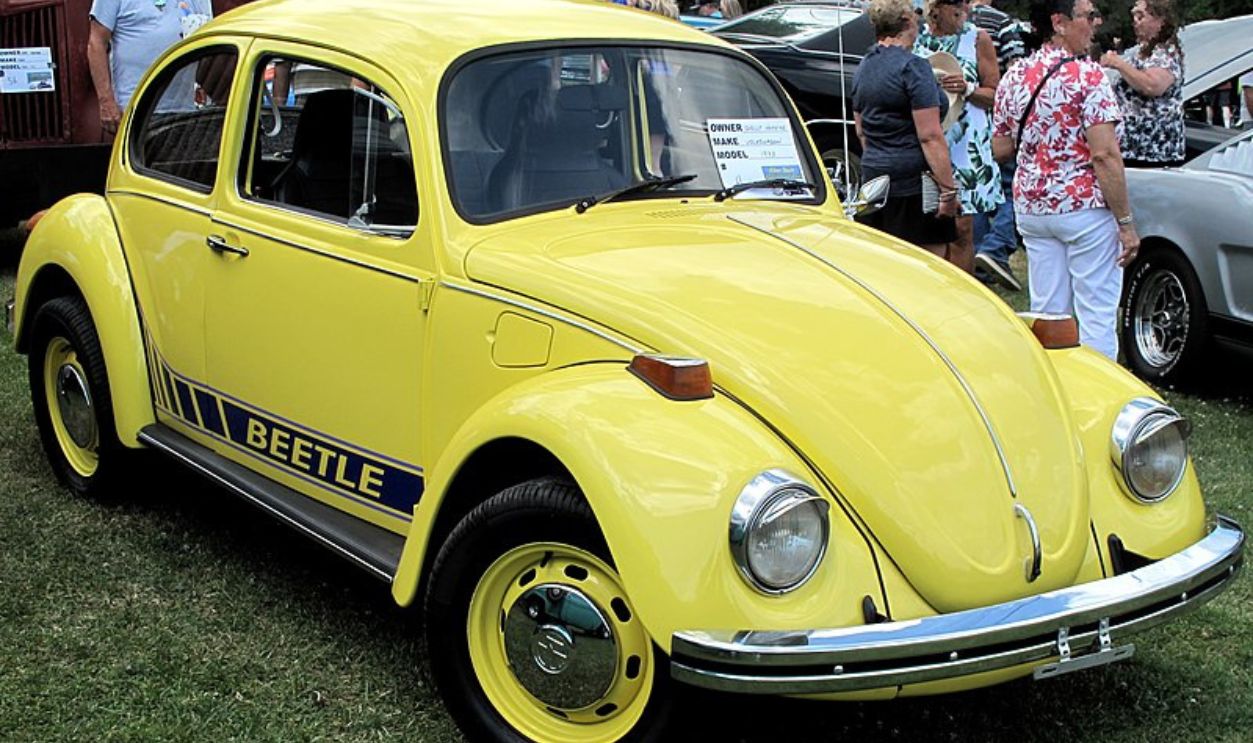 Elise240SX, CC BY-SA 4.0, Wikimedia Commons
Elise240SX, CC BY-SA 4.0, Wikimedia Commons
1973 Volkswagen Beetle: The Shining (Cont.)
By 1973, more than 16 million Beetles were made, which explains why this popular car was chosen for the movie. It featured a rear-mounted Opposed 4 air-cooled engine, known for its reliability. It could produce 46 hp, taking the car’s speed to about 80 mph.
1982 BMW 520i (E28): Snatch
As part of the chaotic criminal underworld depicted in Snatch, the BMW 520i (E28) had a brief but memorable appearance. It was used in high-stakes chases and tense exchanges, and it was a stylish choice for the film’s dynamic atmosphere as a backdrop.
1982 BMW 520i (E28): Snatch (Cont.)
The 520i featured a 2.0-liter inline-six engine with 123-125 hp with a balance of performance and luxury. This car was designed to reach a maximum speed of 118 mph and could accelerate to 60 mph in 11.4 seconds.
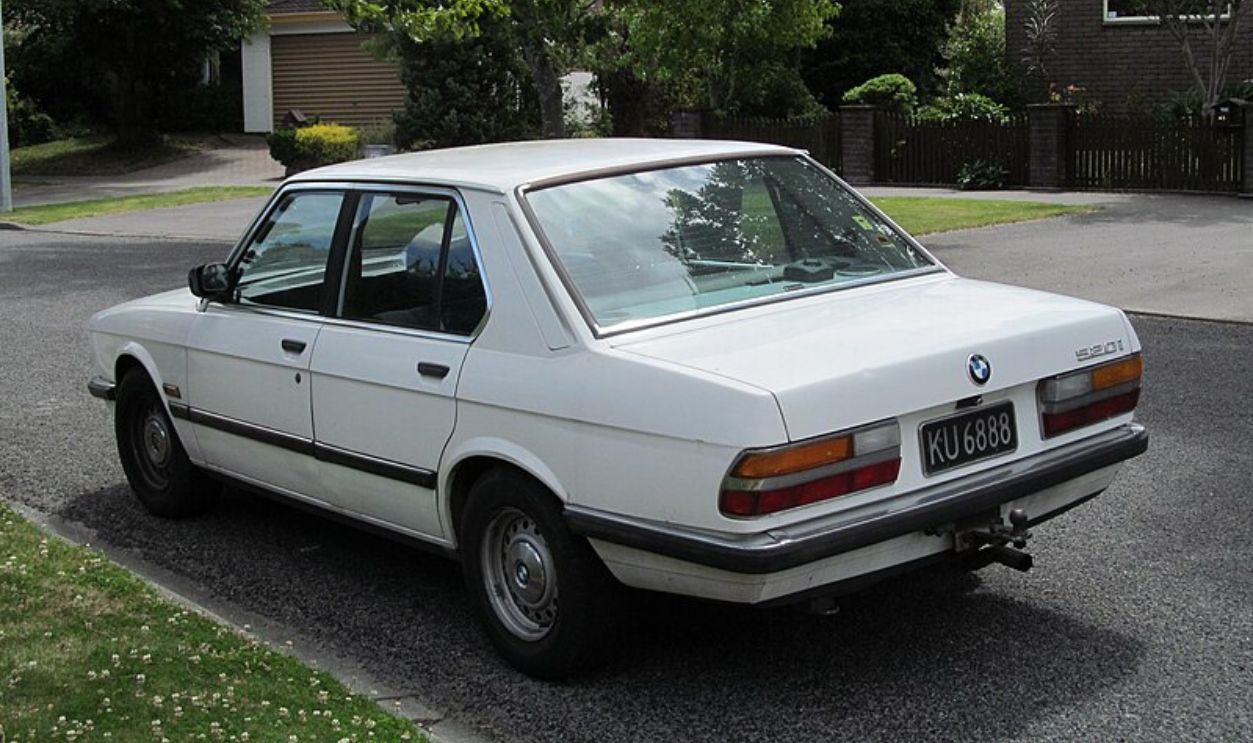 Riley, CC BY 2.0, Wikimedia Commons
Riley, CC BY 2.0, Wikimedia Commons
Dodge M37: Octopussy
In the pre-credits of Octopussy, James Bond is chased by two Dodge M37s. This action-packed sequence sets the stage for the movie, as the British spy follows a Soviet general. Since no Russian military vehicles were available, the production team opted for the M37.
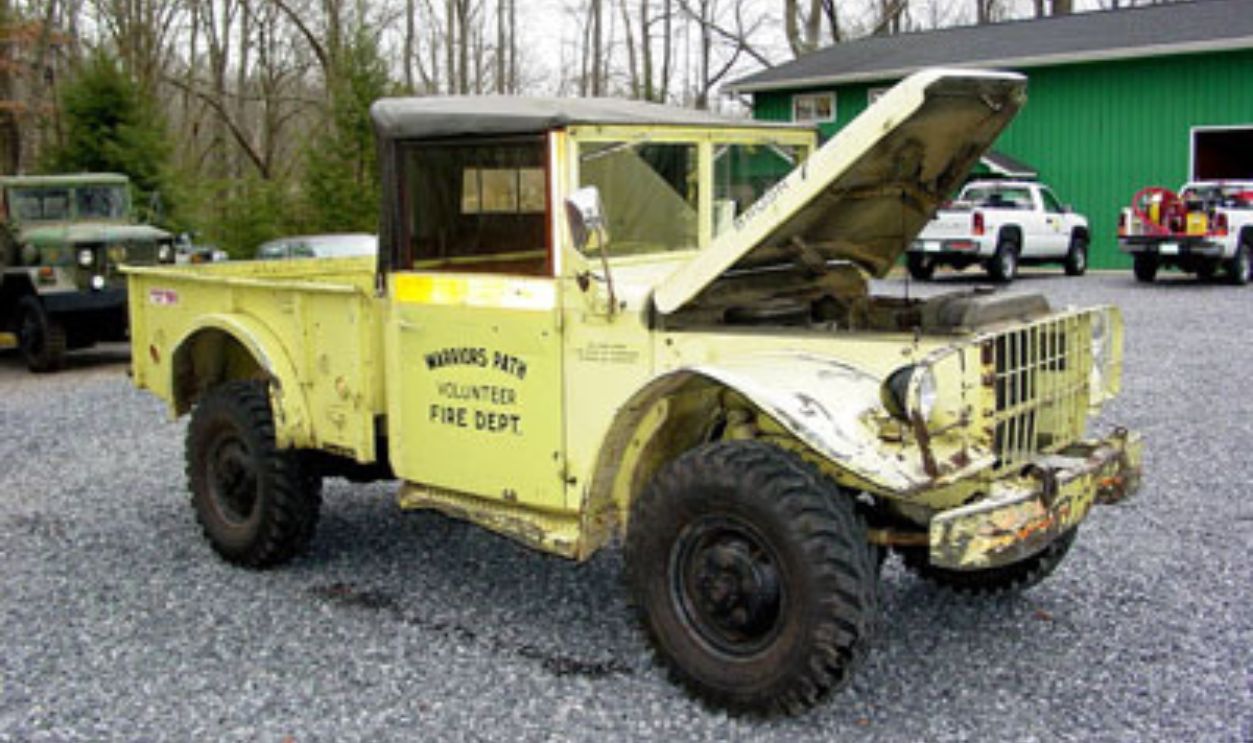 Unknown author, Wikimedia Commons
Unknown author, Wikimedia Commons
Dodge M37: Octopussy (Cont.)
The Dodge M37 is a rugged military truck developed for service in the US since 1951. Its Dodge T-245 engine, a flathead Chrysler Straight-6 engine that powered WW2 WC vehicles, could offer 78 hp since the vehicle was designed for durability, not speed.
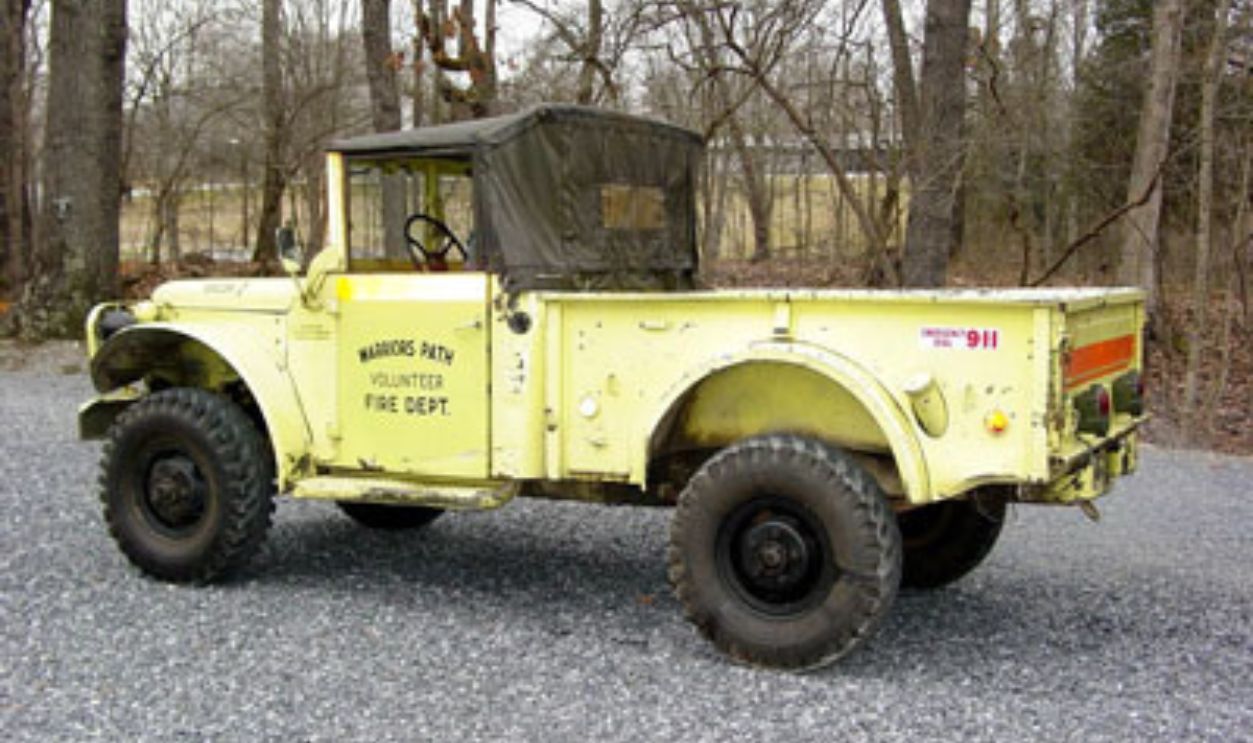 Unknown author, Wikimedia Commons
Unknown author, Wikimedia Commons
1997 Jaguar XK8: Memento
Guy Pierce, as Leonard Shelby in Momento, drives a sleek Jaguar XK8 that reflects his mysterious and fragmented life. Its elegance contrasts with Leonard’s chaotic quest for vengeance and sheds light on a life he might have once had before tragedy struck.
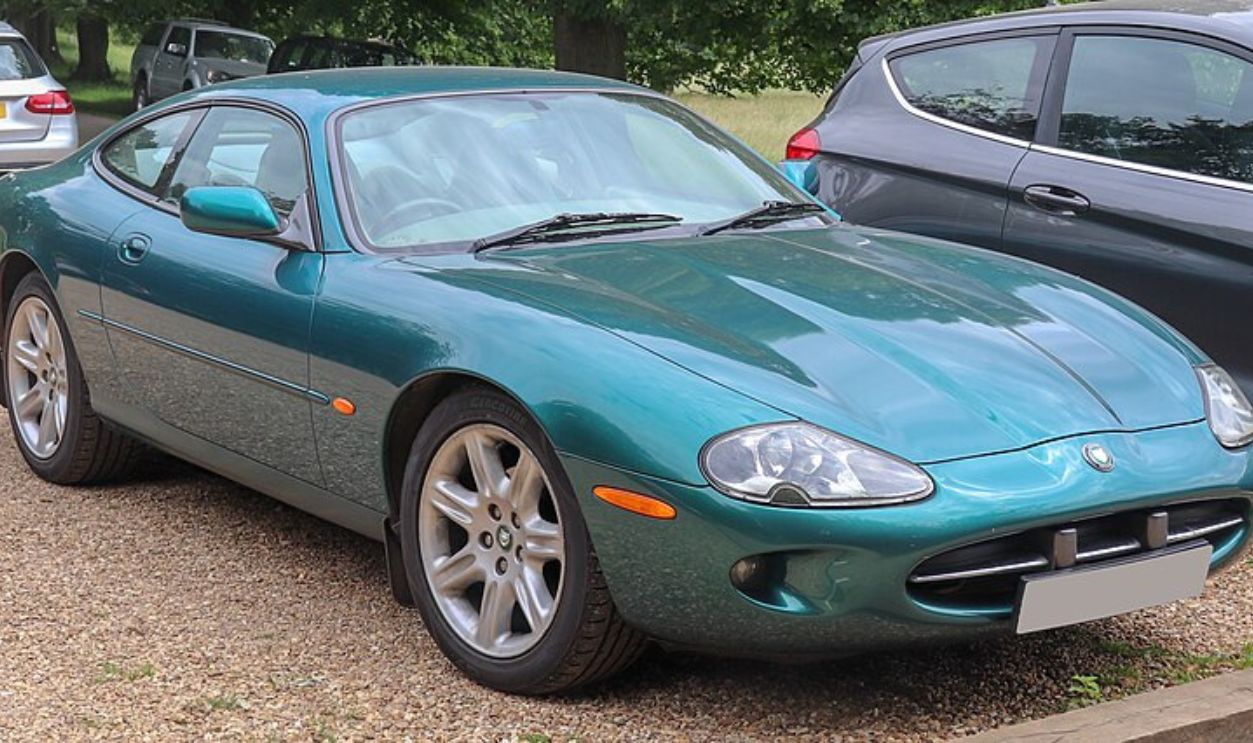 Vauxford, CC BY-SA 4.0, Wikimedia Commons
Vauxford, CC BY-SA 4.0, Wikimedia Commons
1997 Jaguar XK8: Memento (Cont.)
Hitting a speed of 155 mph, the 1997 Jaguar XK8 was the perfect combo of style and performance. Its 4.0-litre 32-valve Jaguar AJ-V8 was designed to accelerate to 60 mph in 6.7, thanks to its 290 hp. It was one of the tools Leonard used after losing his memory.
1965 Aston Martin DB5: Catch Me If You Can
Frank Abagnale Jr probably saw Goldfinger and this inspired him to buy an Aston Martin DB5 as he impersonates a pilot. With only 1,021 units produced from 1963 to 1965, the character played by Leonardo DiCaprio used his charm and wit to live a life of crime and lavishness.
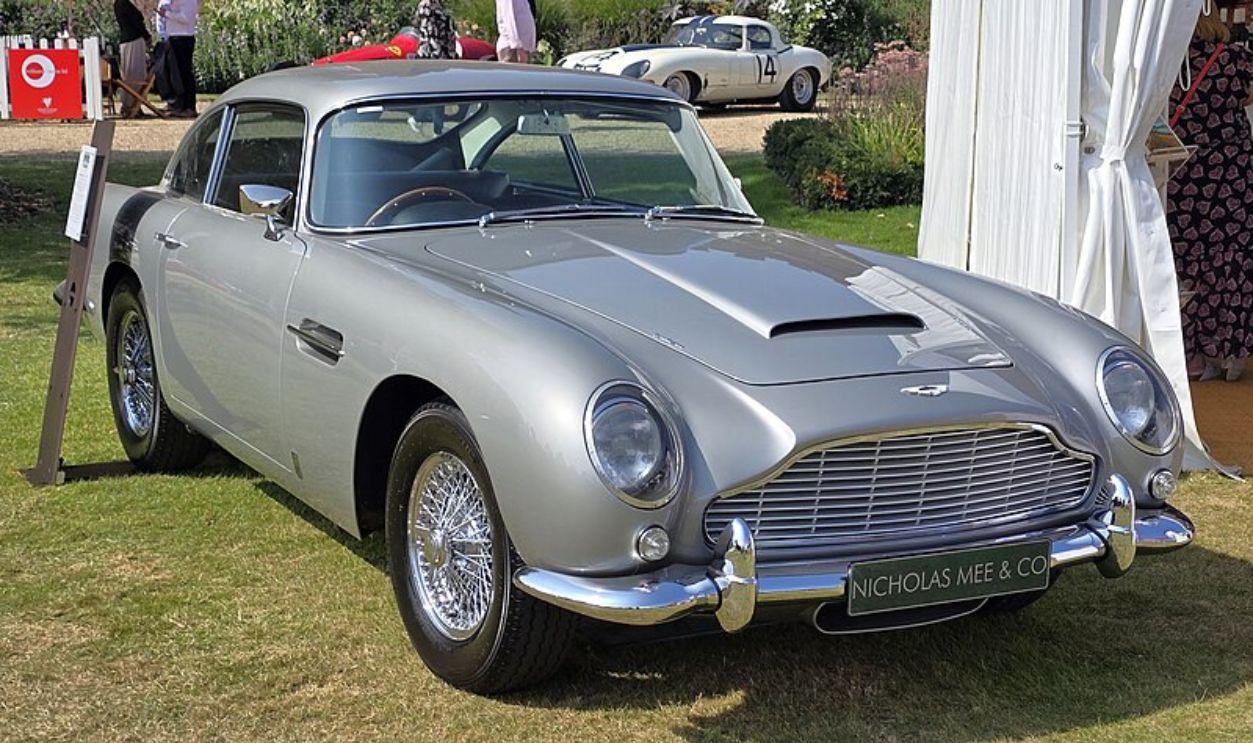 MrWalkr, CC BY-SA 4.0, Wikimedia Commons
MrWalkr, CC BY-SA 4.0, Wikimedia Commons
1965 Aston Martin DB5: Catch Me If You Can (Cont.)
As a nod to his taste for the finer things and his desire to project a sophisticated image, our protagonist chose the DB5. It featured a 4.0 L inline-six engine that could push the car up to 282 hp. The DB5’s luxurious elegance complemented Frank’s conman persona.
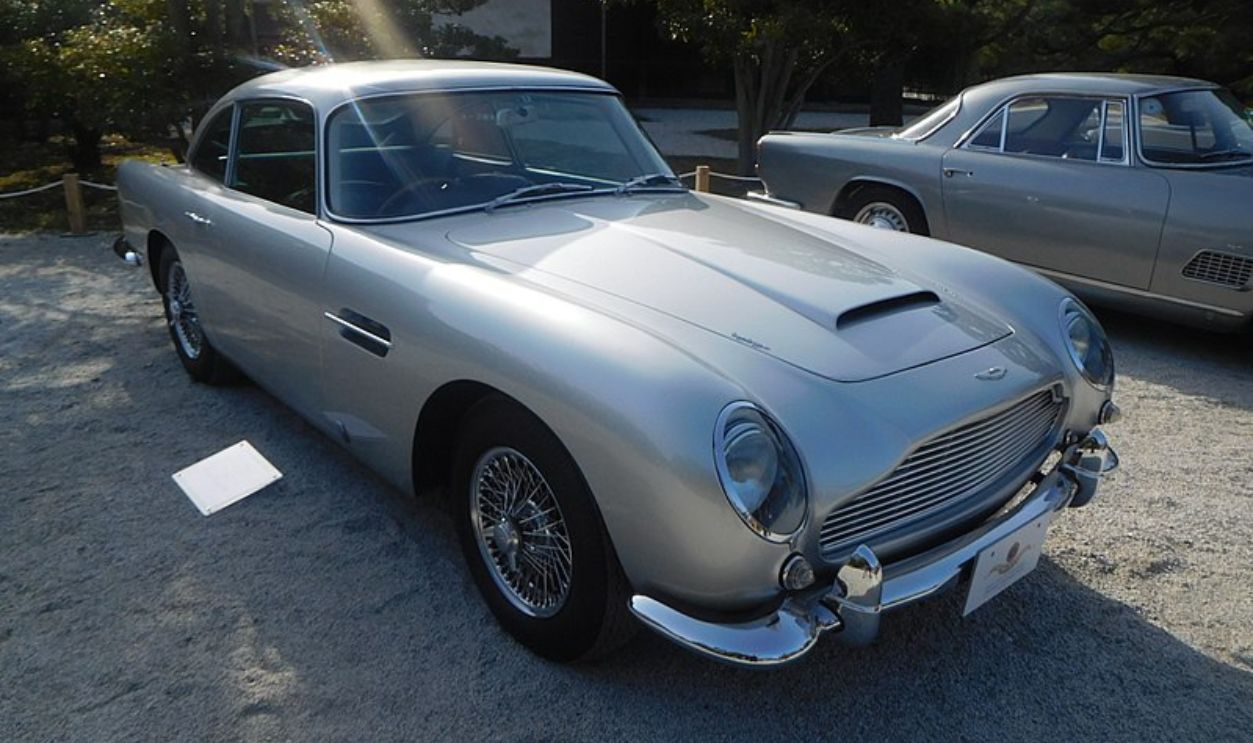 Brakeet, CC0, Wikimedia Commons
Brakeet, CC0, Wikimedia Commons
1976 Ford Bronco: Logan
Reflecting his no-frills and survivalist lifestyle, the aging Wolverine is seen driving a 1976 Ford Bronco. The Bronco’s tough and utilitarian image fits Logan’s grizzled demeanor. It belonged to the first generation, which was built on a special chassis that no other Ford shared.
1976 Ford Bronco: Logan (Cont.)
At the first launch, the Bronco came with a 170-cubic-inch inline-six. However, later models received various engine upgrades, allowing the car to reach a top speed of 80 mph. Still, the car’s condition is usually the determinant. The Bronco’s boxy design made it a favorite among adventurers like Logan.
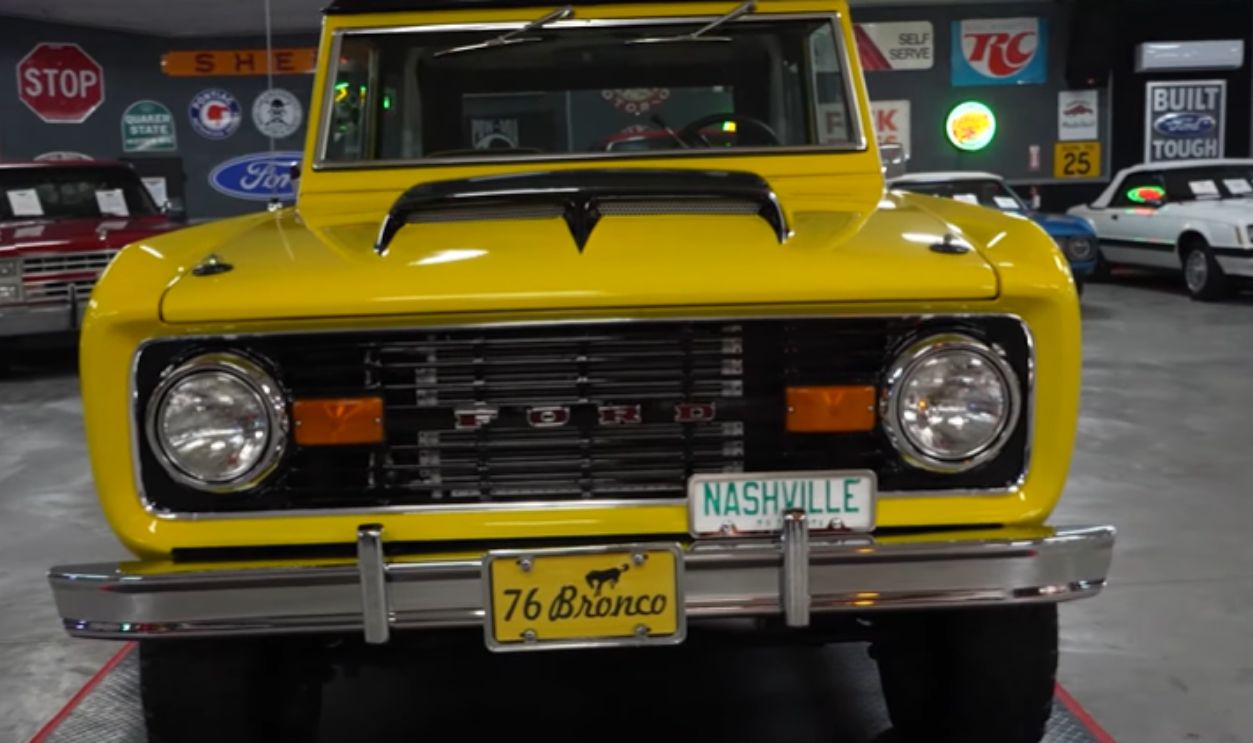 1976 FORD BRONCO 4X4 by HANKSTERS HOT RODS
1976 FORD BRONCO 4X4 by HANKSTERS HOT RODS
1985 Chevrolet Corvette C4: The Big Lebowski
In The Big Lebowski, the 1985 Chevrolet Corvette C4 belongs to the antagonist, a wealthy, pompous teenager whose prized car meets an unfortunate fate. The Corvette serves as a visual punchline to represent excess and privilege in contrast to the Dude’s laid-back demeanor.
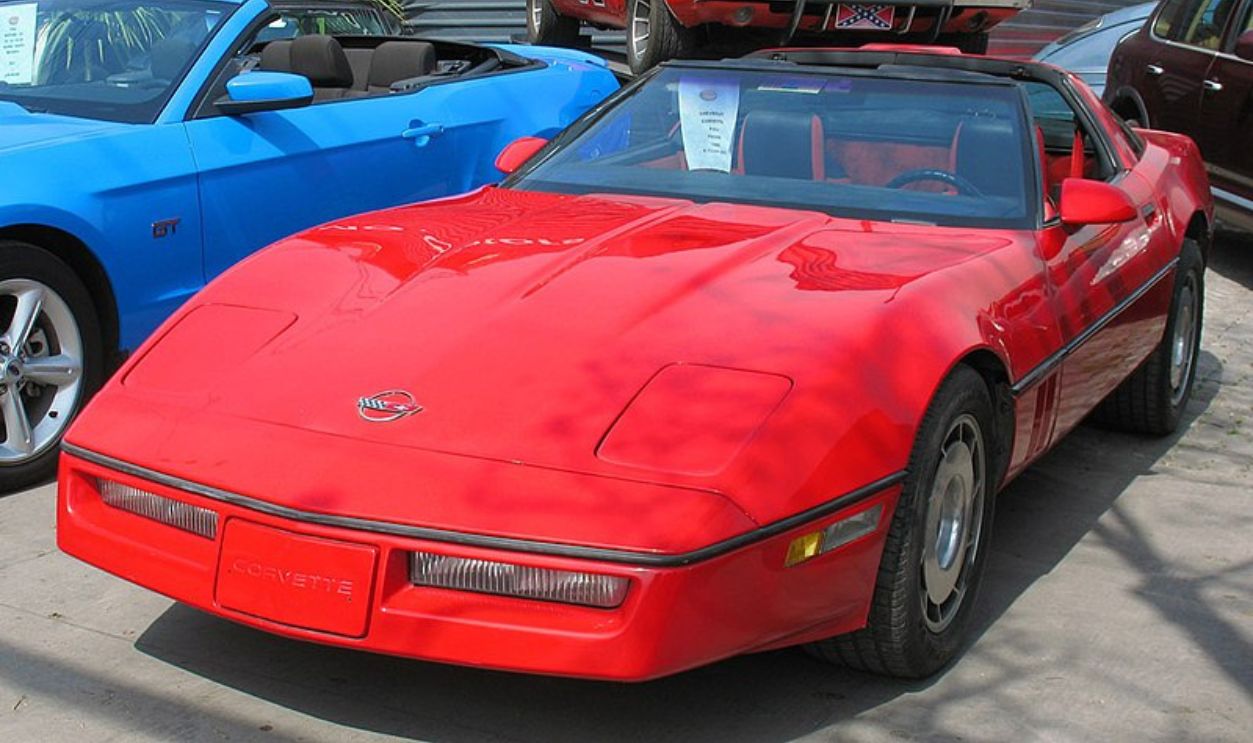 papurojugarpool, CC BY-SA 2.0, Wikimedia Commons
papurojugarpool, CC BY-SA 2.0, Wikimedia Commons
1985 Chevrolet Corvette C4: The Big Lebowski (Cont.)
Available with the unusual Doug Nash 4+3 transmission, the 1985 Chevrolet Corvette C4 reflected the arrogant nature of its owner. It had a L98 230 hp engine, which was more fuel-efficient. There’s no wonder that the Corvette is a favorite among sports car enthusiasts.
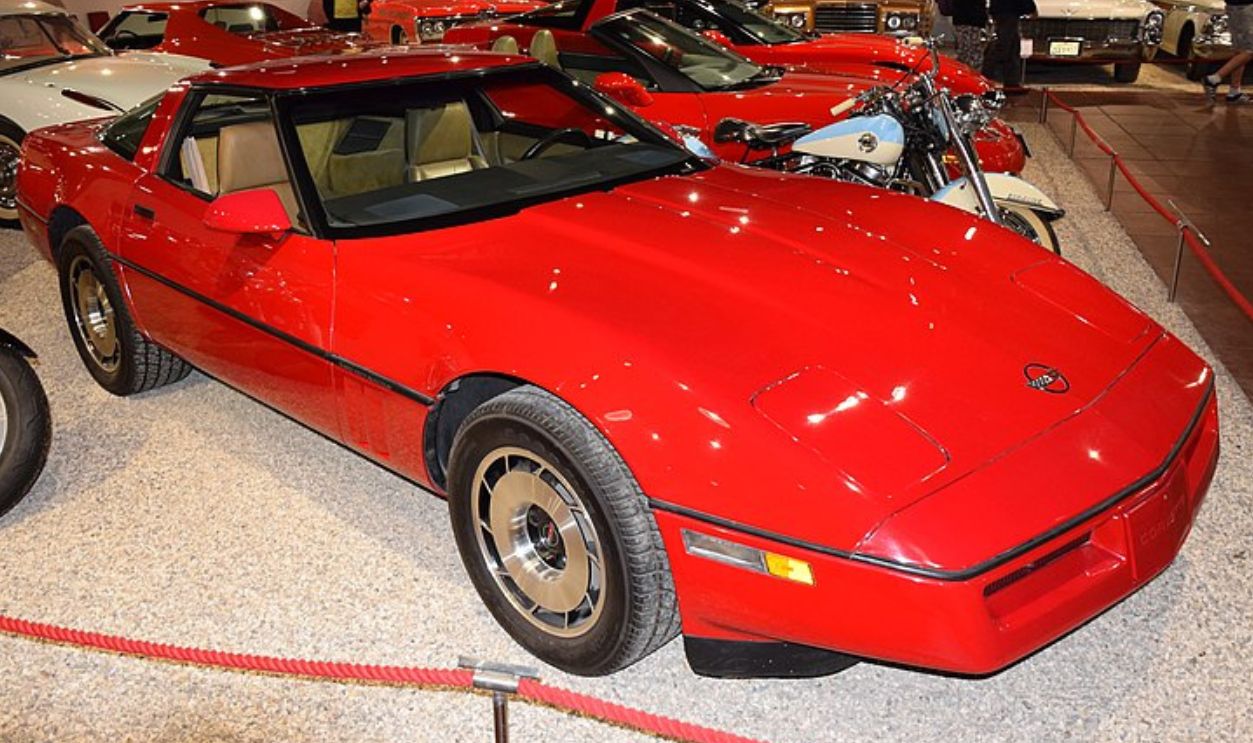 Hugh Llewelyn, CC BY-SA 2.0, Wikimedia Commons
Hugh Llewelyn, CC BY-SA 2.0, Wikimedia Commons
1977 Volvo 245: Beetlejuice
Beetlejuice tells the story of the Deetz family, who move into the haunted house that becomes the central setting for the film. This family owns a 1977 Volvo Wagon and the car reflects the family’s practical, upper-middle-class sensibilities. It also contrasts with the bizarre supernatural occurrences of the story.
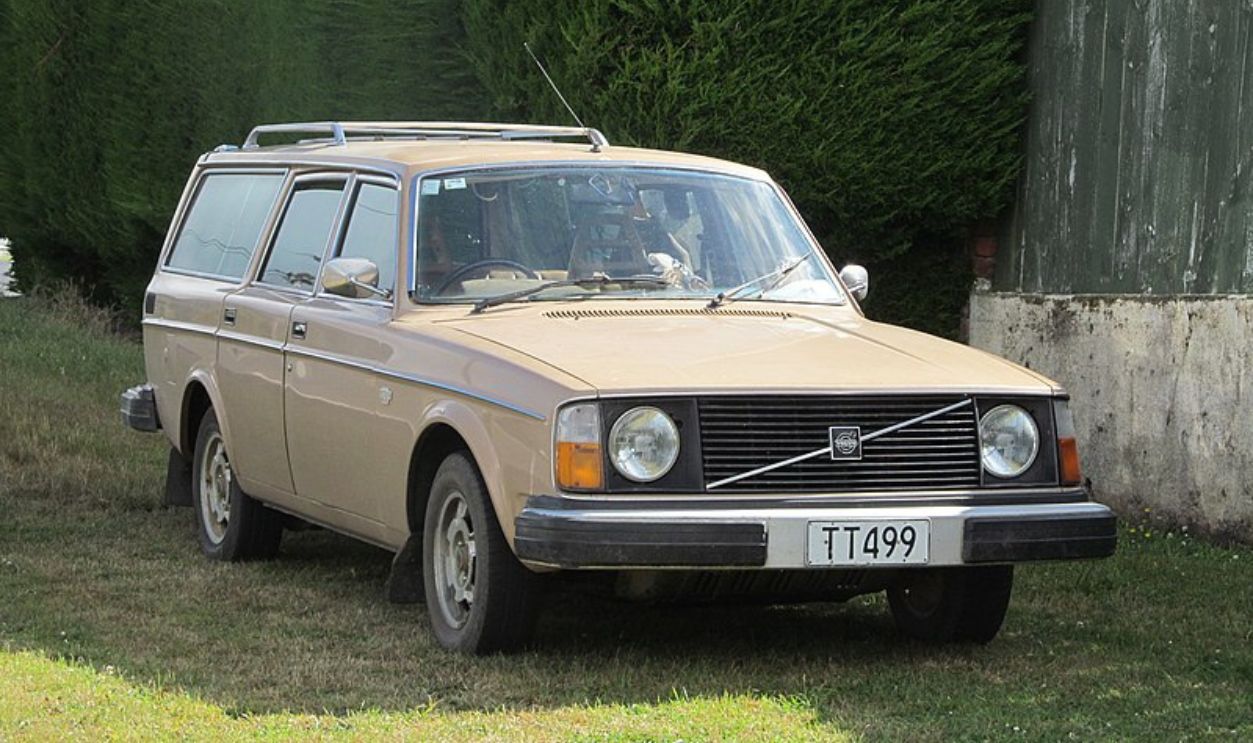 Riley, CC BY 2.0, Wikimedia Commons
Riley, CC BY 2.0, Wikimedia Commons
1977 Volvo 245: Beetlejuice (Cont.)
The Volvo 245 was an excellent family car with a reputation for safety and practicality. It came with various diesel and gasoline engine options, allowing the car to reach a maximum speed of 96.3 mph. The vehicle’s no-nonsense image provides a comedic foil to the chaotic nature of Beetlejuice.
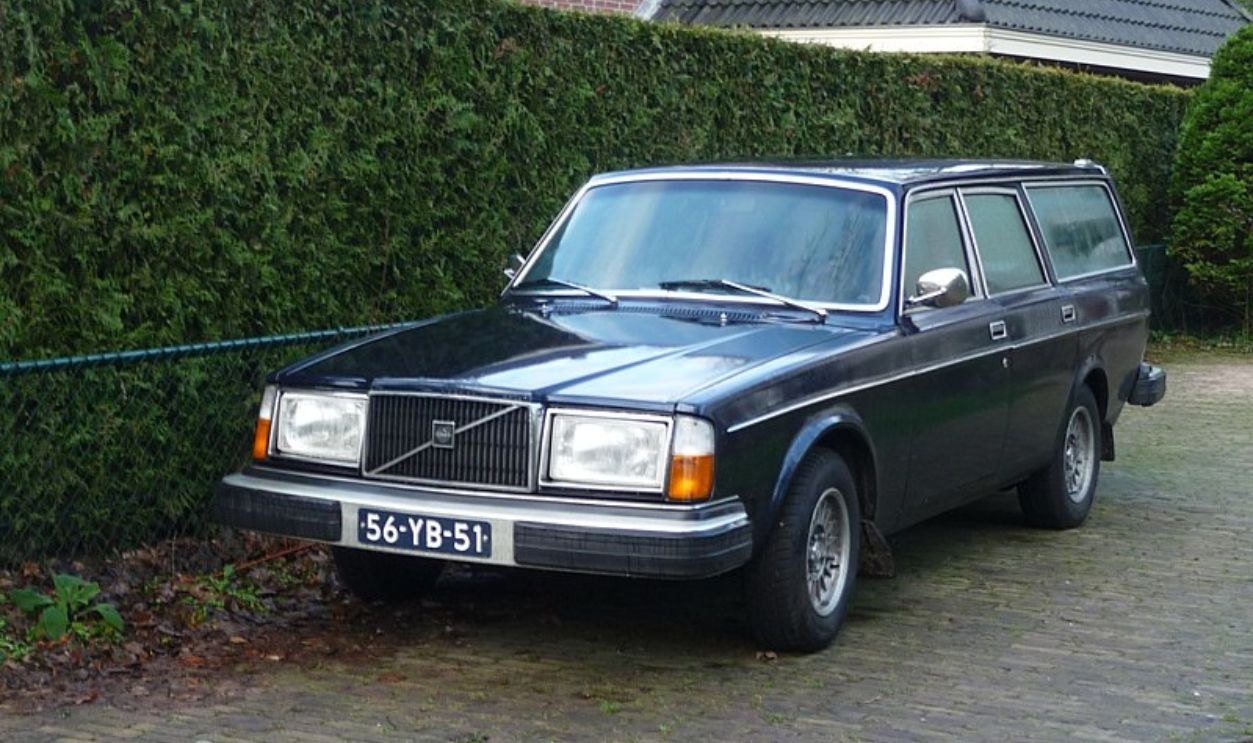 Niels de Wit, CC BY 2.0, Wikimedia Commons
Niels de Wit, CC BY 2.0, Wikimedia Commons
1981 DeLorean DMC-12: Back To The Future
Three 1981 DeLorean DMC-12s appeared in the Back to the Future franchise. In the movies, these time machines could travel to the past or future but not in space, and they looked different for each installment. The car could travel in time once it reaches 88 mph.
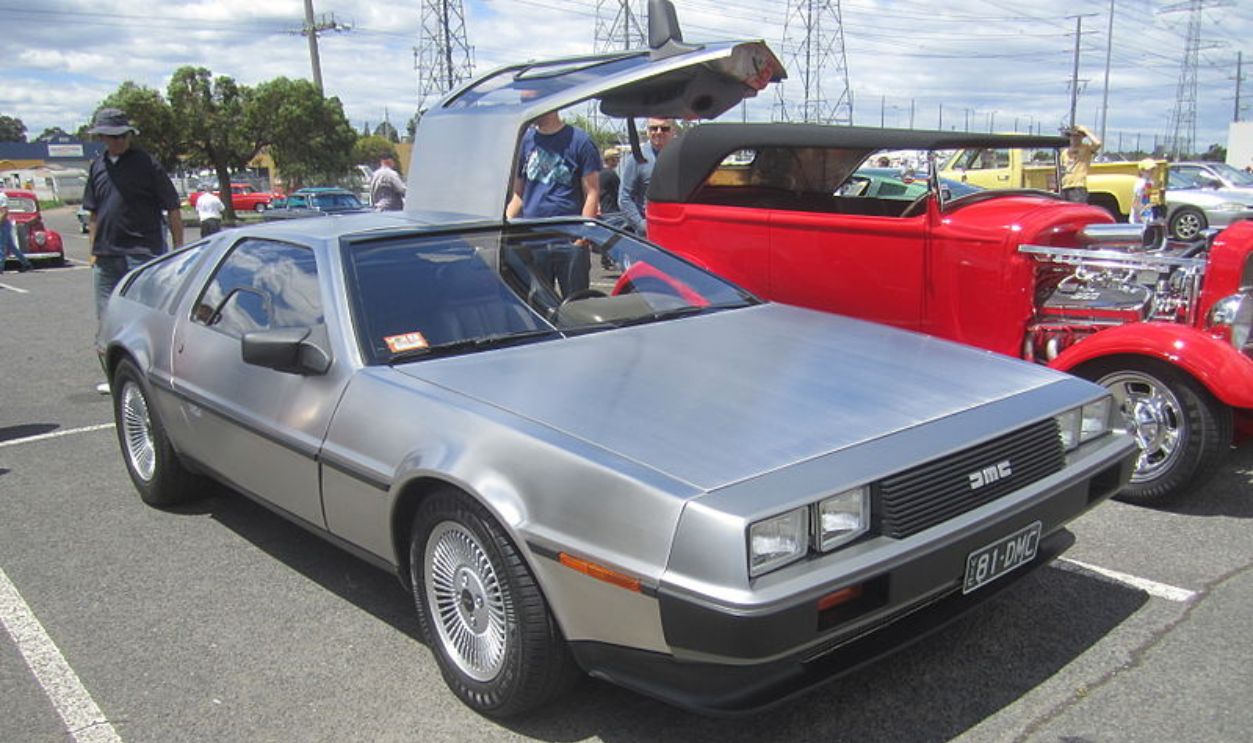 Sicnag, CC BY 2.0, Wikimedia Commons
Sicnag, CC BY 2.0, Wikimedia Commons
1981 DeLorean DMC-12: Back To The Future (Cont.)
In real life, the DMC-12 featured a 2.85-liter V6 engine with 130 hp. Its design, by Giorgetto Giugiaro, emphasized its sleek look. This modern design with the gull-wing doors caught the attention of the movie producers, and with a few modifications, it became the perfect time machine.
1964/1965 Buick Riviera: Road House
Some sources say that a 1964 or 1965 Buick Riviera was used in Road House. The movie is about Dalton who struggles internally but buys this car off a lot. We see him loading it with extra tires because they’re regularly slashed by his enemies.
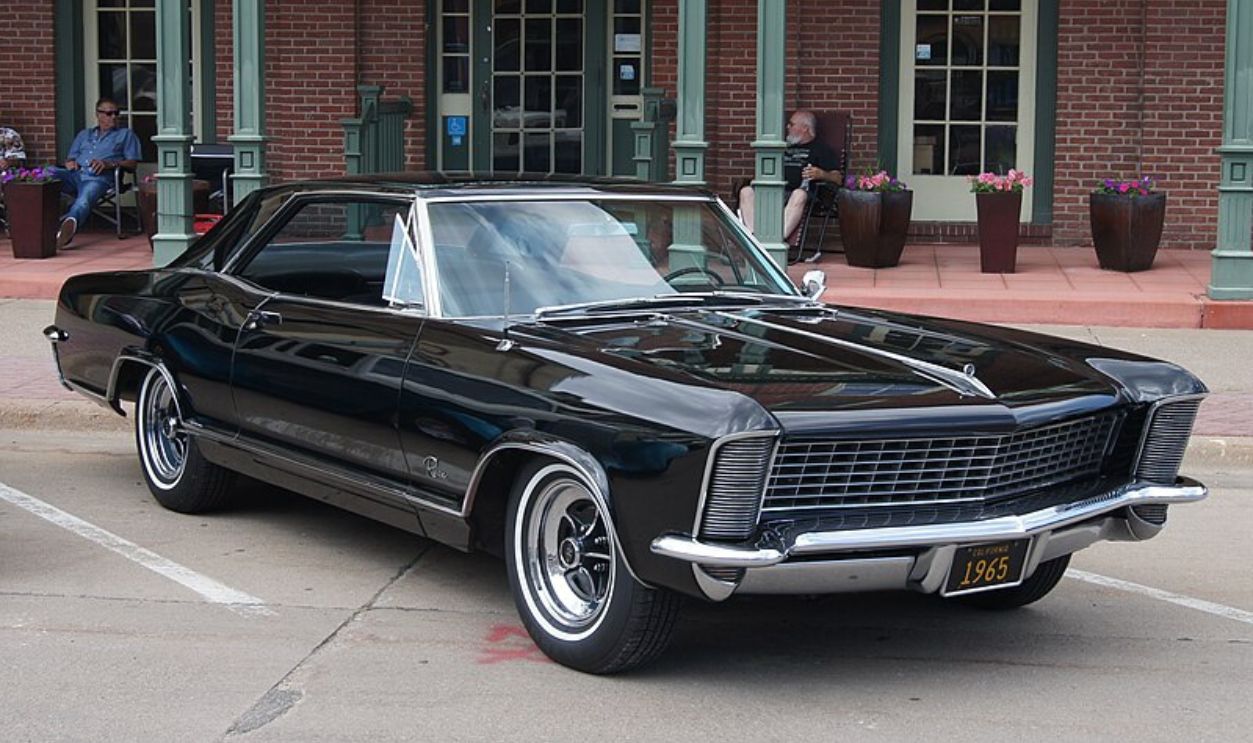 Greg Gjerdingen, CC BY 2.0, Wikimedia Commons
Greg Gjerdingen, CC BY 2.0, Wikimedia Commons
1964/1965 Buick Riviera: Road House (Cont.)
By the time the movie was filmed in 1989, the Riviera was already affordable. However, back in the day, it was a luxury car equipped with two engine options: 1-6.6 L Nailhead V8 or 2-7.0 L Nailhead V8 engine. The latter was able to amp it up to 340 hp, so Dalon can be up to any challenge.
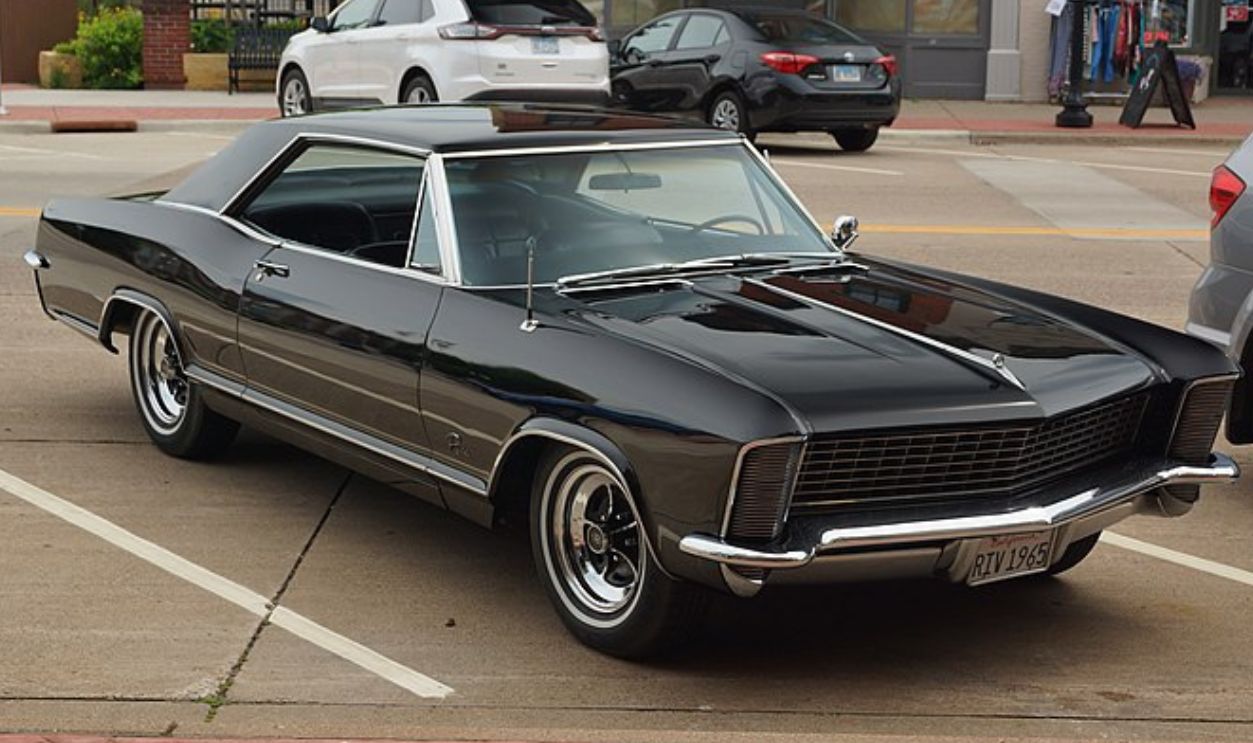 Greg Gjerdingen, CC BY 2.0, Wikimedia Commons
Greg Gjerdingen, CC BY 2.0, Wikimedia Commons
1976 AMC Pacer: Wayne’s World
Rising to fame from the opening scene, a 1976 AMC Pacer, dubbed the Mirthmobile, steals the show. This scene is a cult classic with a ride along the iconic Bohemian Rhapsody sing-along shoot. The quirky car is an excellent choice for Wayne’s World’s eccentric humor and offbeat characters.
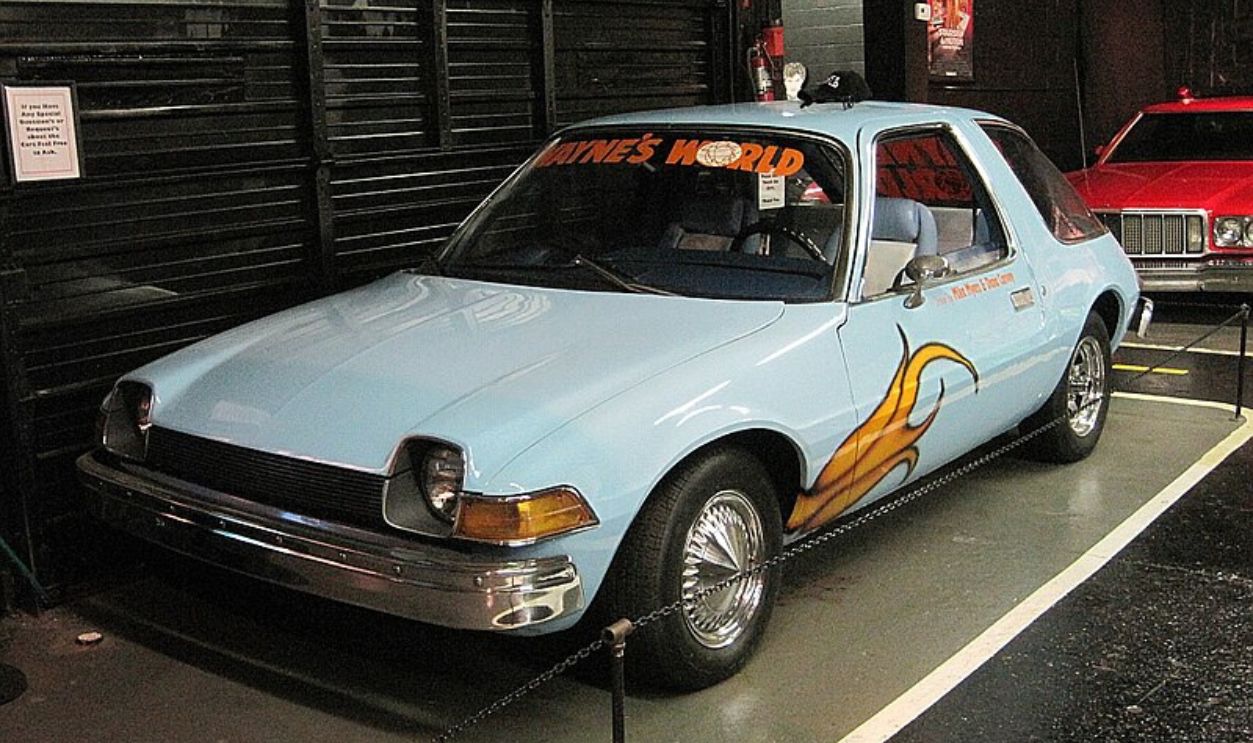 Thomas R Machnitzki, CC BY 3.0, Wikimedia Commons
Thomas R Machnitzki, CC BY 3.0, Wikimedia Commons
1976 AMC Pacer: Wayne’s World (Cont.)
The 1976 AMC Pacer came with inline-six or V8 engines. It was known more for its unique bubble-shaped design than its performance. Reaching a maximum hp output of 95 to 116, this wasn’t the fastest vehicle on the road. However, it quickly became a cult favorite for its oddball look.
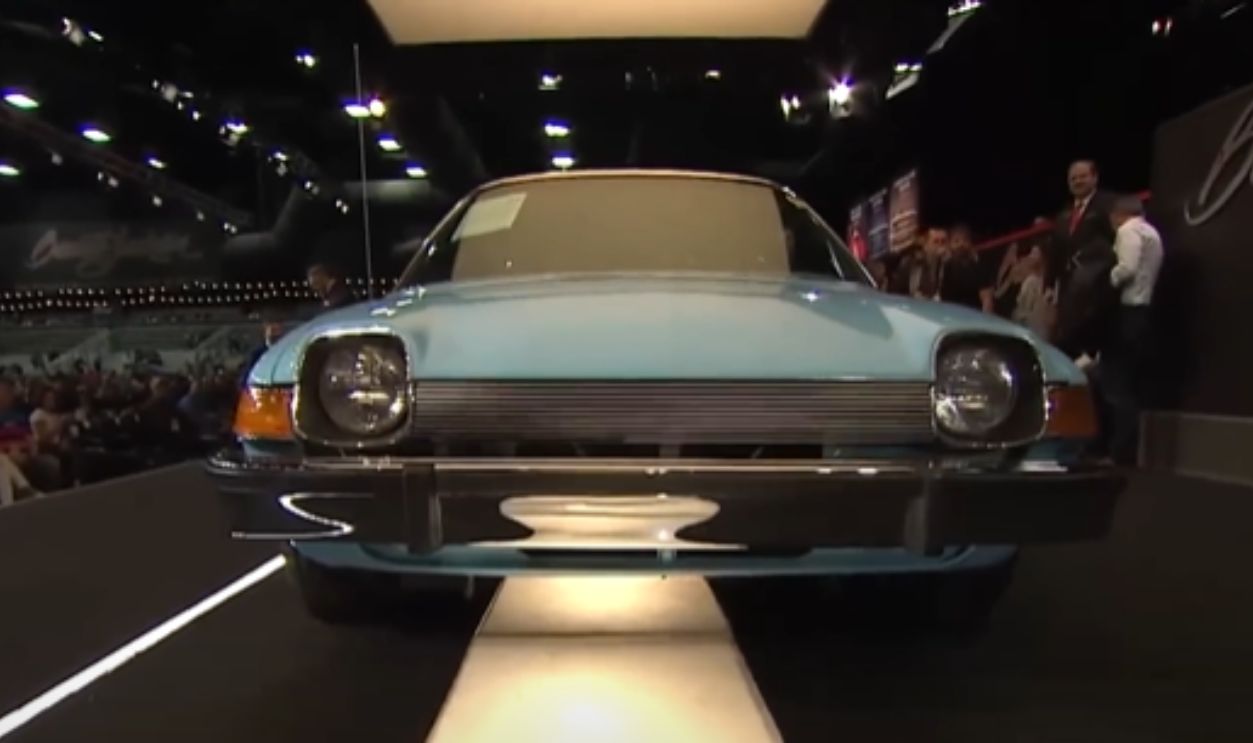 SOLD - 1976 AMC Pacer Wayne's World Mirthmobile - BARRETT-JACKSON by Barrett-Jackson
SOLD - 1976 AMC Pacer Wayne's World Mirthmobile - BARRETT-JACKSON by Barrett-Jackson
1978 Pontiac Firebird Trans Am: Hooper
Celebrating the forgotten stuntmen and women, Hooper’s plot is made even better with the 1978 Pontiac Firebird Trans Am, driven by Burt Reynolds. It’s the ultimate stuntman’s car with aggressive styling and high-speed capability, which make it ideal for the film’s thrilling action sequences.
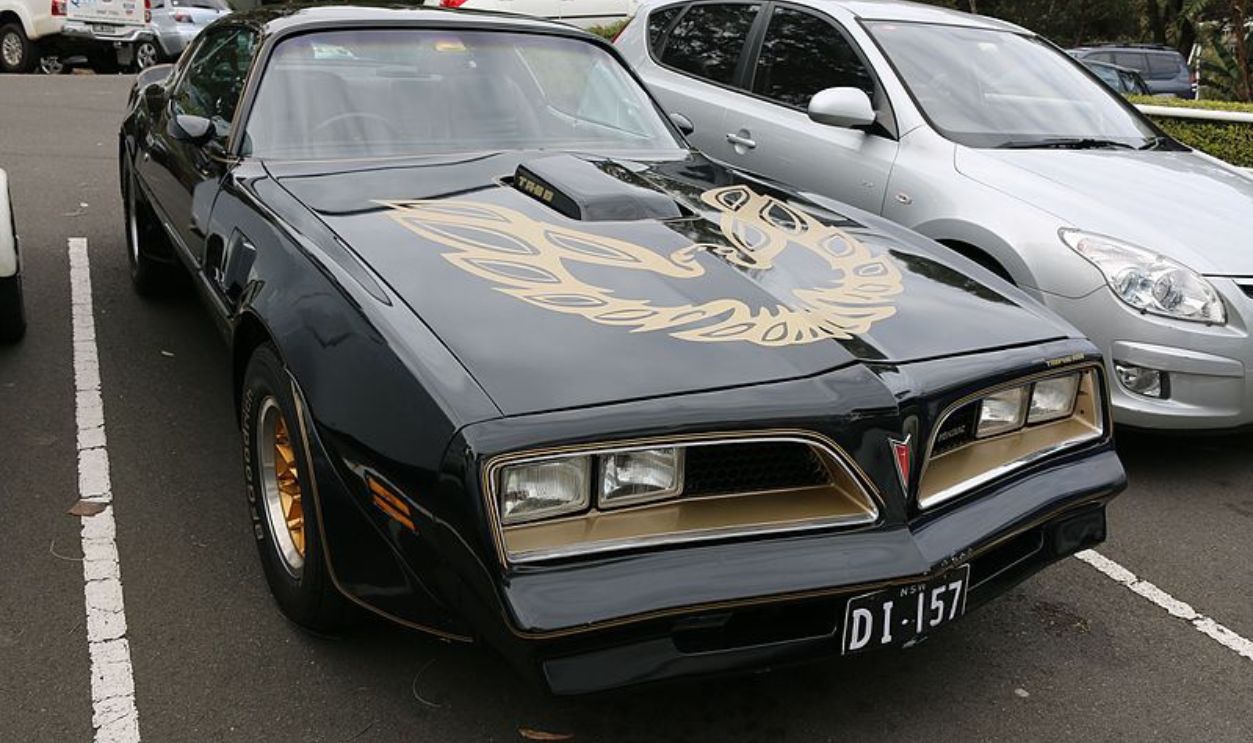 Jeremy, CC BY 2.0, Wikimedia Commons
Jeremy, CC BY 2.0, Wikimedia Commons
1978 Pontiac Firebird Trans Am: Hooper (Cont.)
The Trans Am was a specialty package from the Firebird with a 6.6-liter V8 engine delivering 220 hp (varies with specific variants.) Hooper’s producers thought the car’s bold design and association with American performance made it a natural fit for Reynolds’ daredevil character.
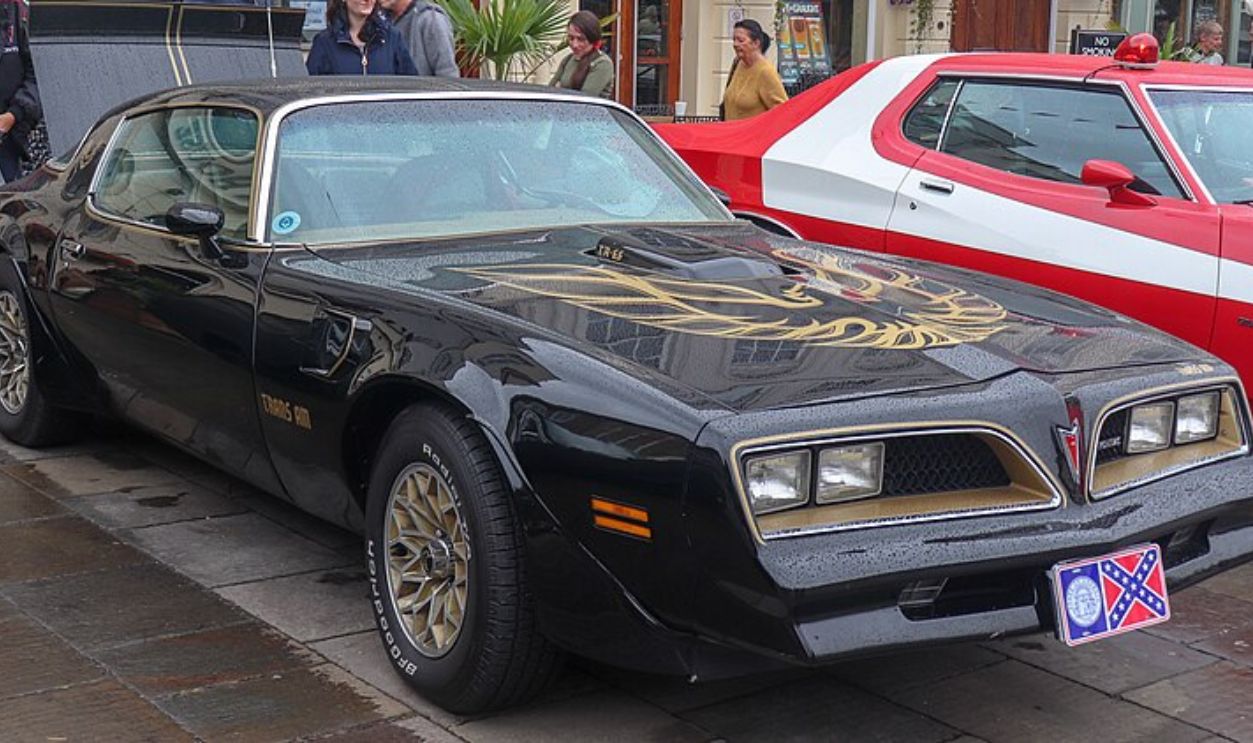 Vauxford, CC BY-SA 4.0, Wikimedia Commons
Vauxford, CC BY-SA 4.0, Wikimedia Commons
1975 Checker Marathon: Taxi Driver
As a troubled man, Robert De Niro plays the leading role in Taxi Driver. Right by his side, his 1975 Checker Marathon is a silent witness to his descent into madness. The car is an icon of New York City culture during the 1970s.
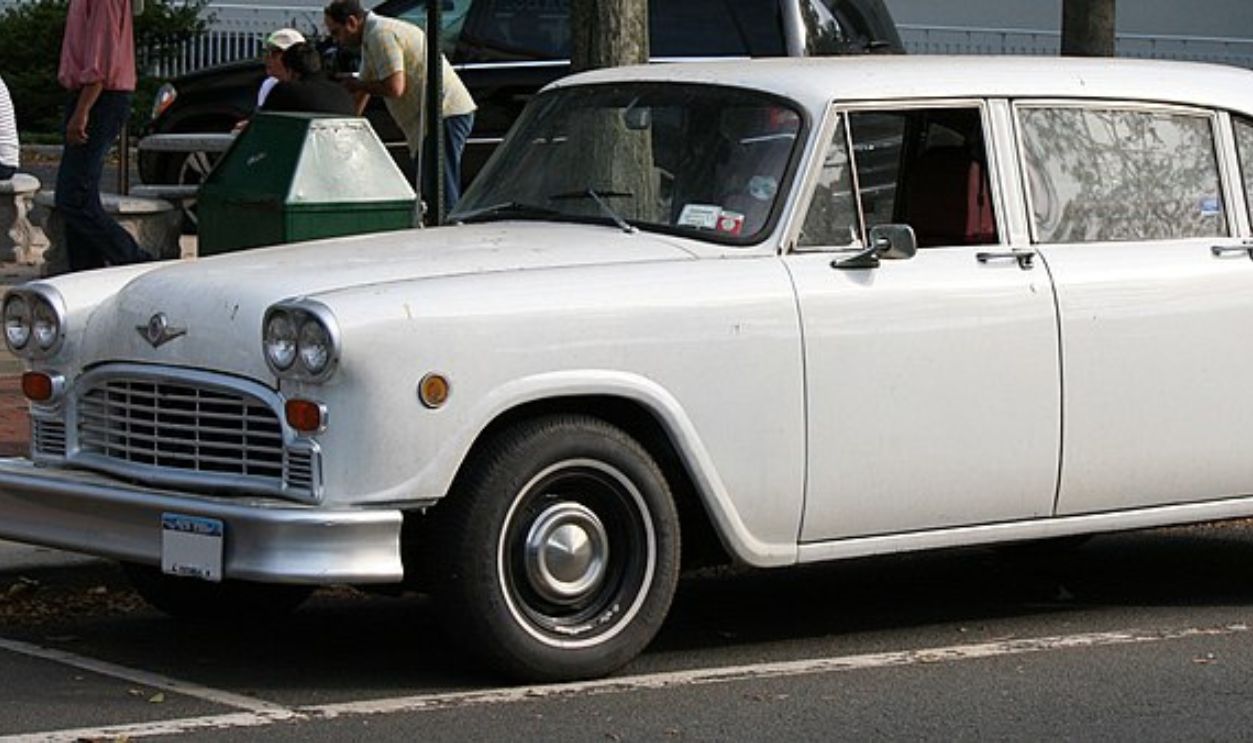 Mr.choppers, CC BY-SA 3.0, Wikimedia Commons
Mr.choppers, CC BY-SA 3.0, Wikimedia Commons
1975 Checker Marathon: Taxi Driver (Cont.)
This was the taxicab of choice in New York City for years, and it features an OHV I6 engine with catalytic converters. This combo allowed the engine to produce up to 145 hp. The 1975 Checker Marathon’s isolated and durable design reflected the harsh environment outside and DeNiro’s isolation.
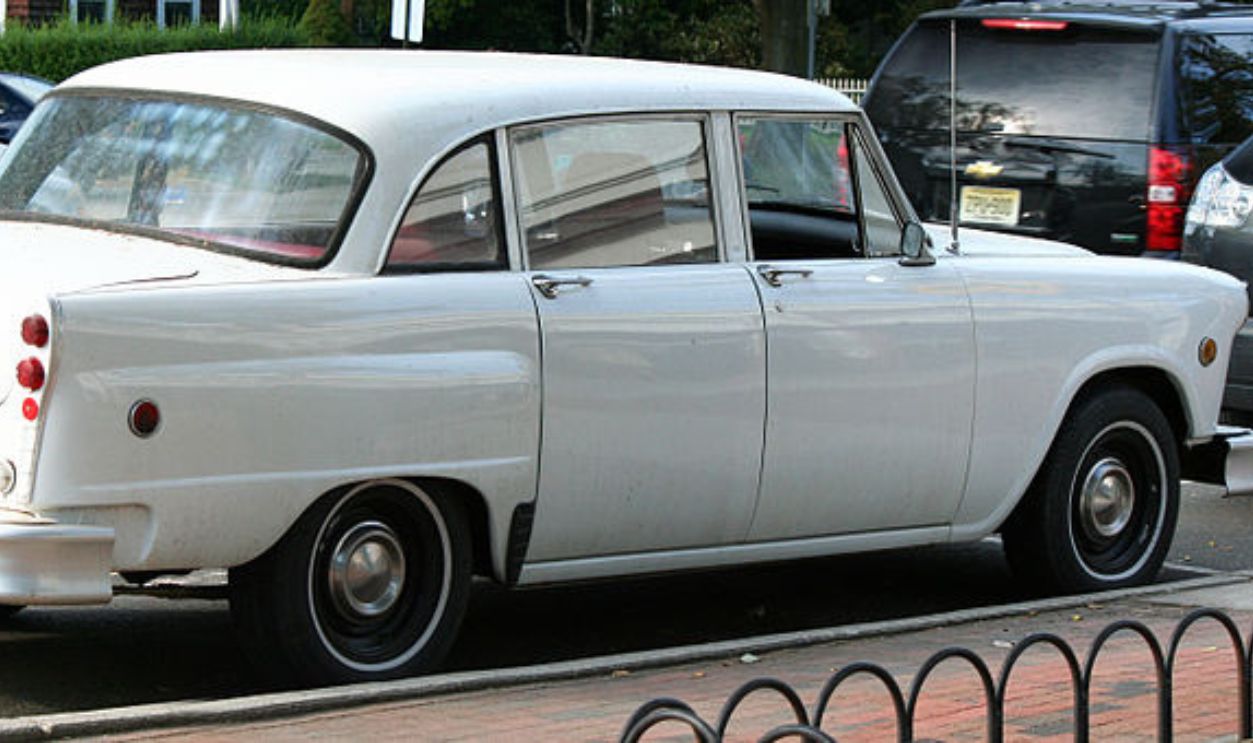 Mr.choppers, CC BY-SA 3.0, Wikimedia Commons
Mr.choppers, CC BY-SA 3.0, Wikimedia Commons
1974 Volkswagen Karmann Ghia: Kill Bill: Volume 2
Years later, Uma Thurman said that she was in actual danger when she shot the car crash in Kill Bill: Volume 2. The Bride used a 1974 Volkswagen Karmann Ghia Convertible to run over Bill in a scene that would be brought up in the media years later.
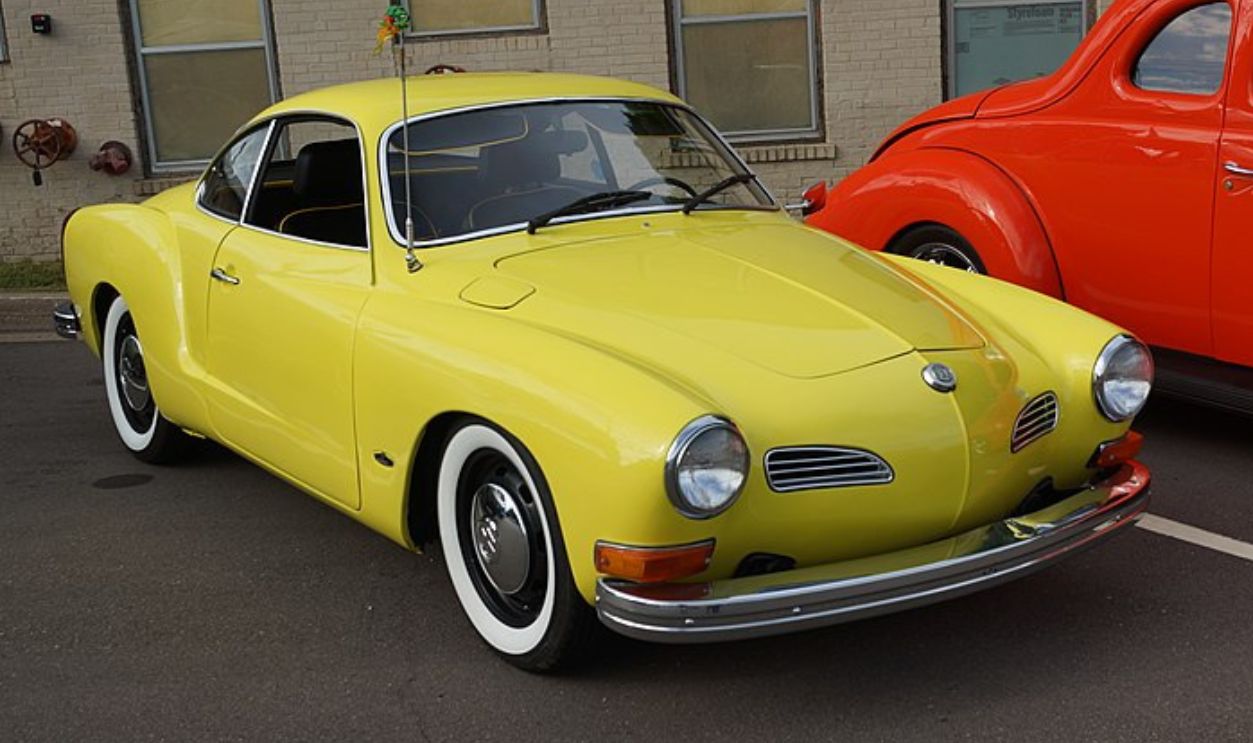 Greg Gjerdingen, CC BY 2.0, Wikimedia Commons
Greg Gjerdingen, CC BY 2.0, Wikimedia Commons
1974 Volkswagen Karmann Ghia: Kill Bill: Volume 2 (Cont.)
The 1974 Volkswagen Karmann Ghia had a rear-mounted air-cooled twin-port 1585 cc flat-four engine with almost 46 hp produced. While it’s not the fastest car on the road, the director made some modifications that made it rather unsafe to drive.


